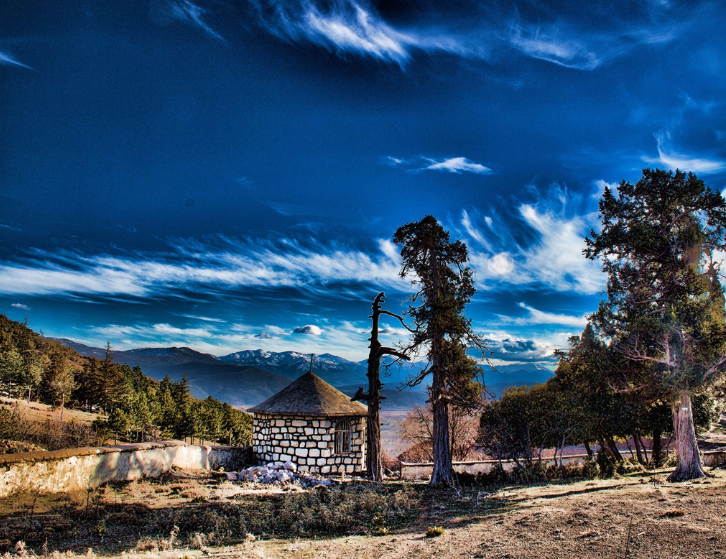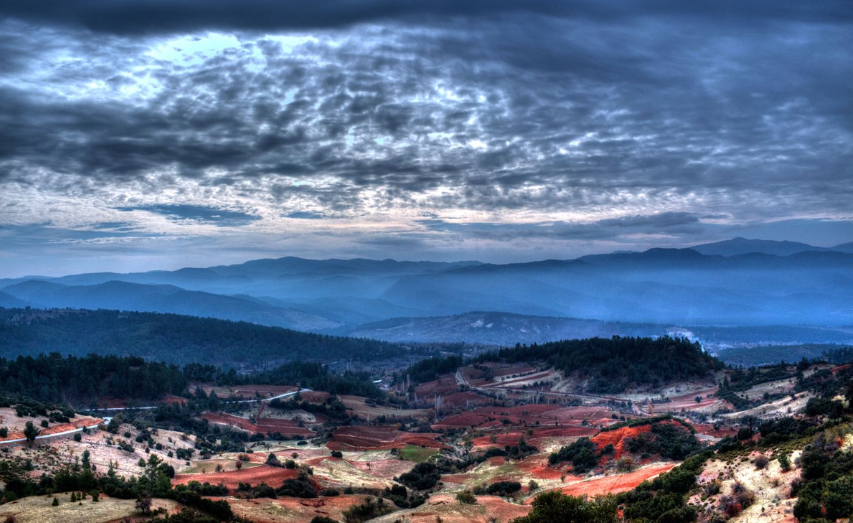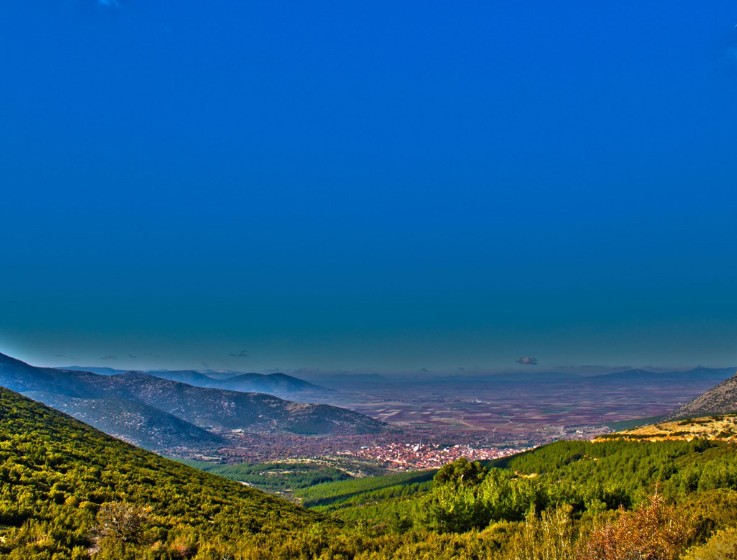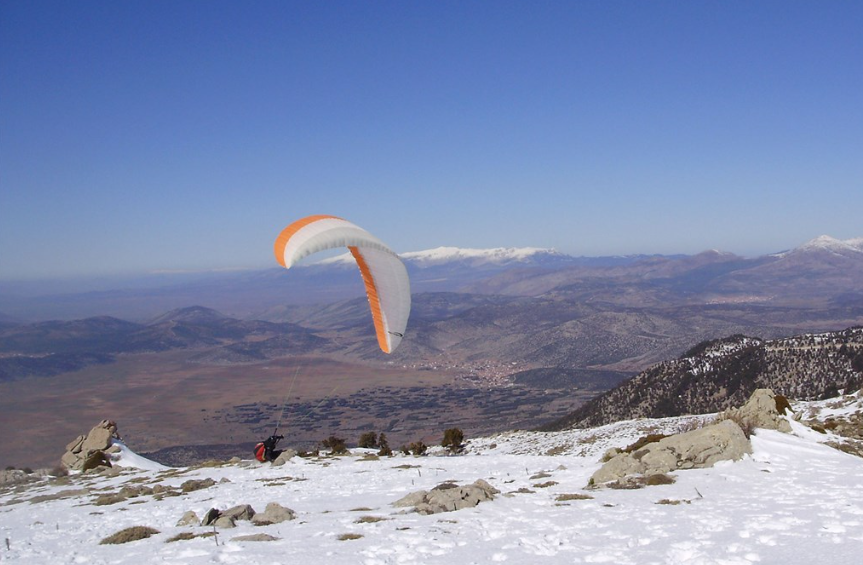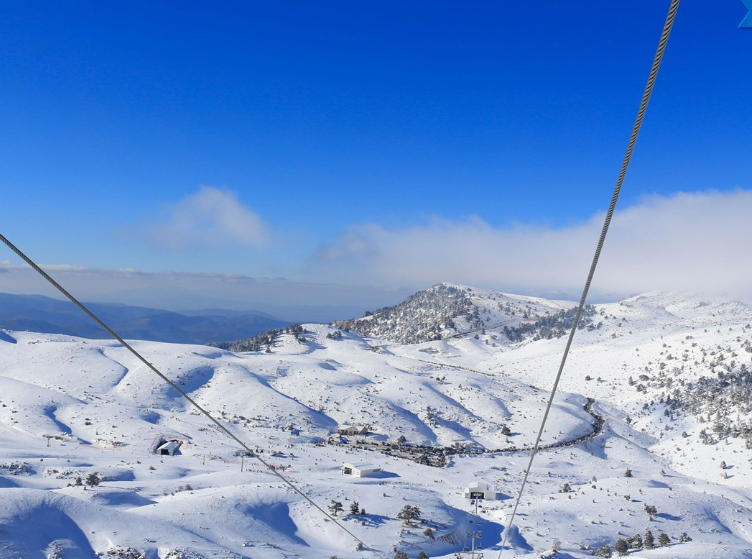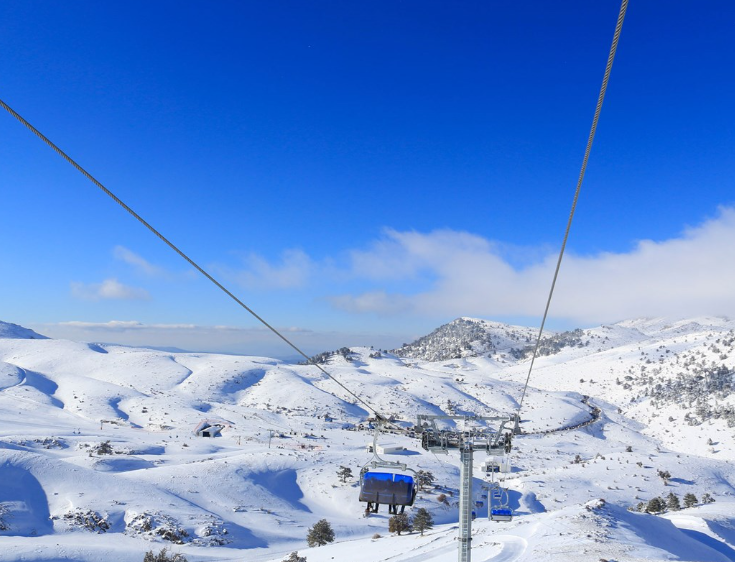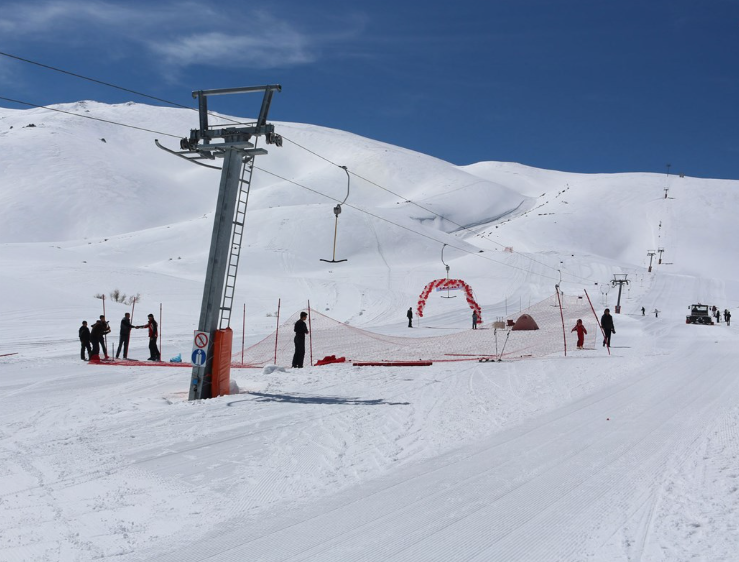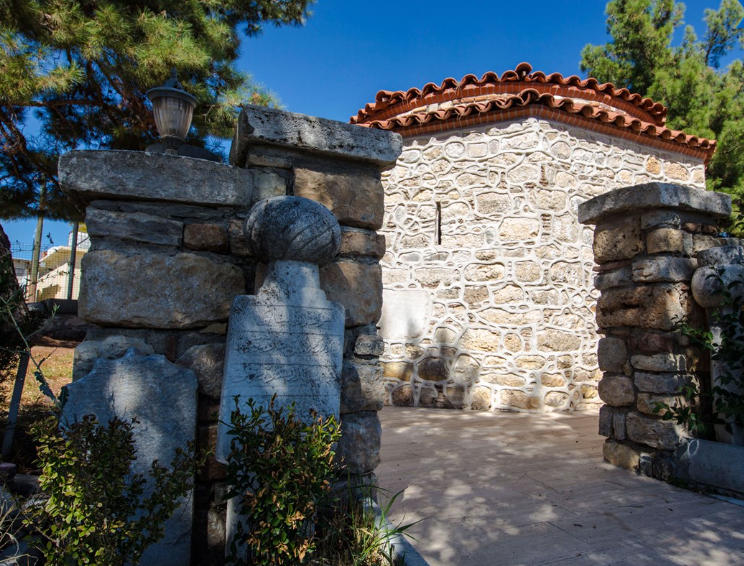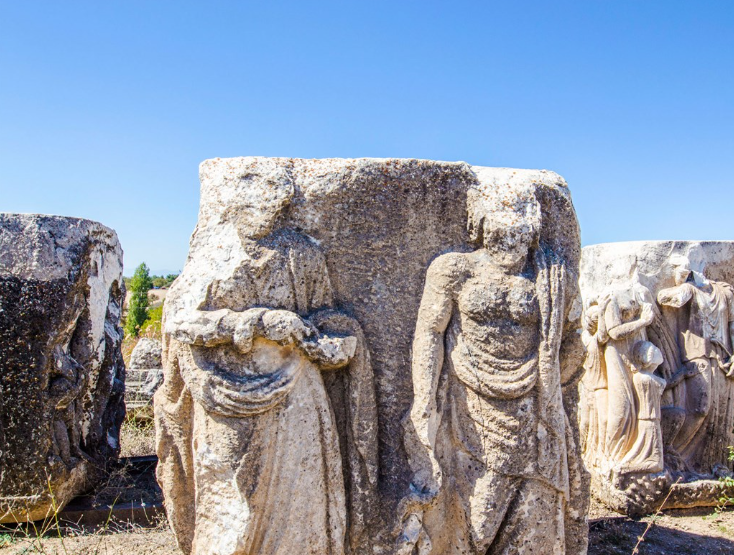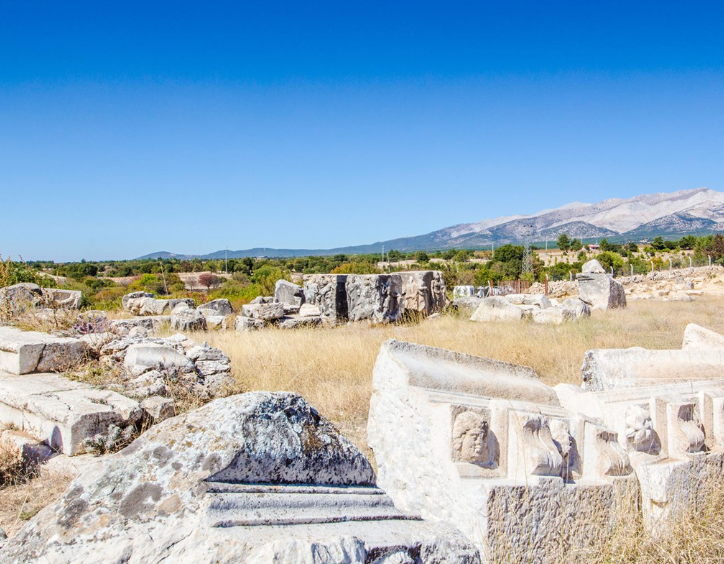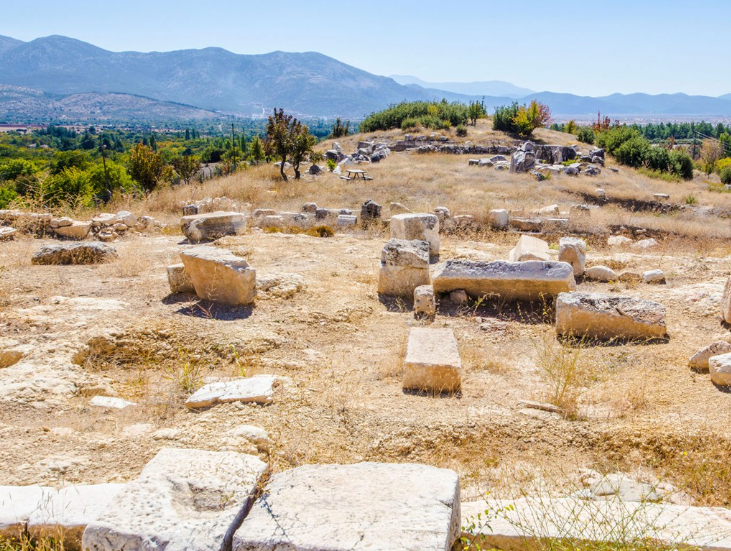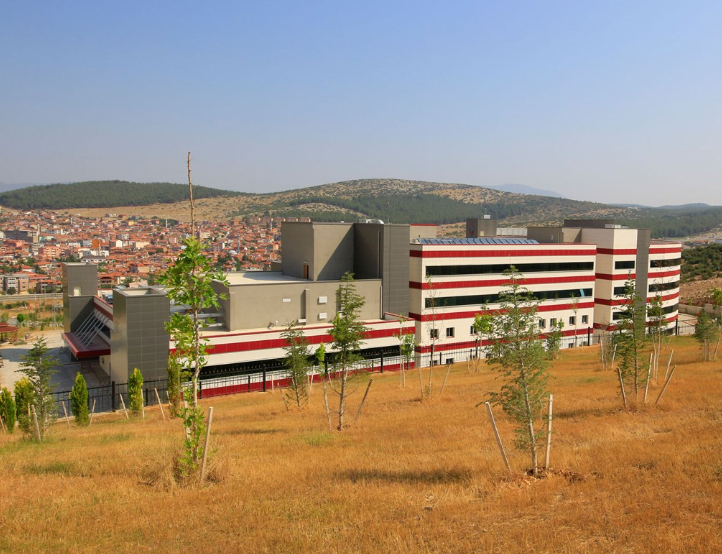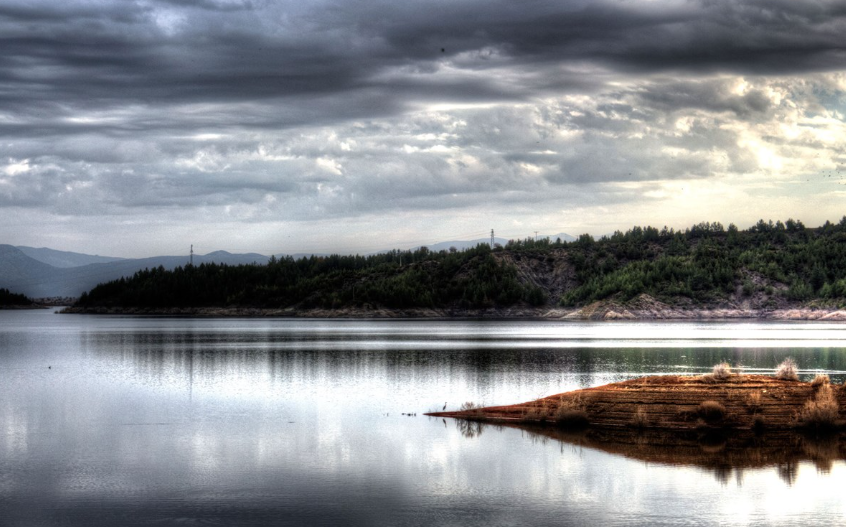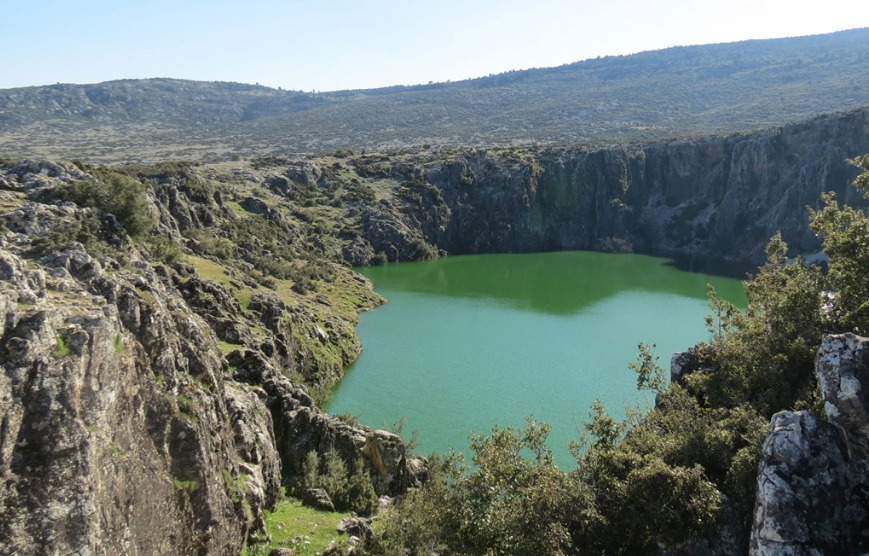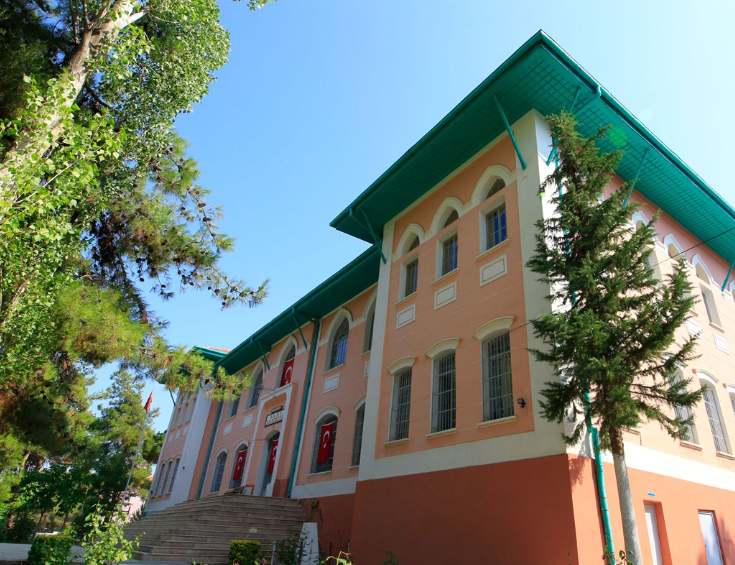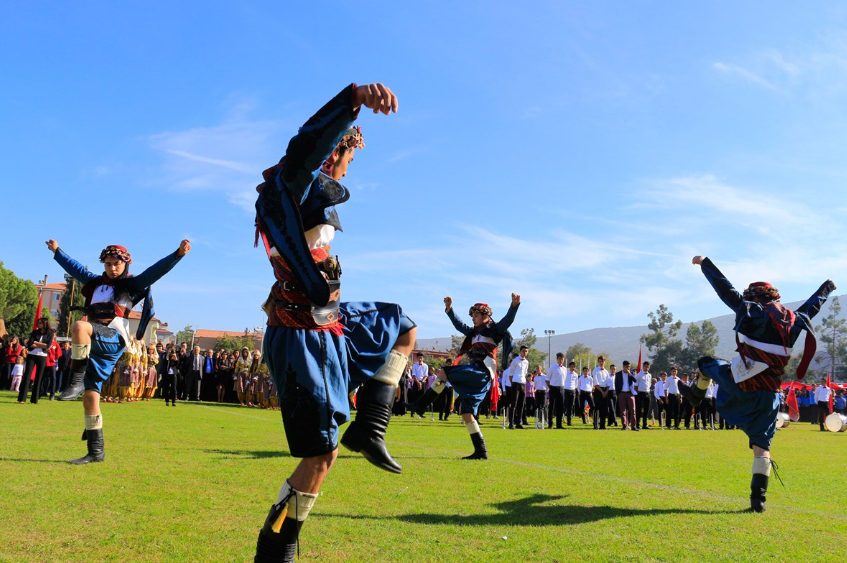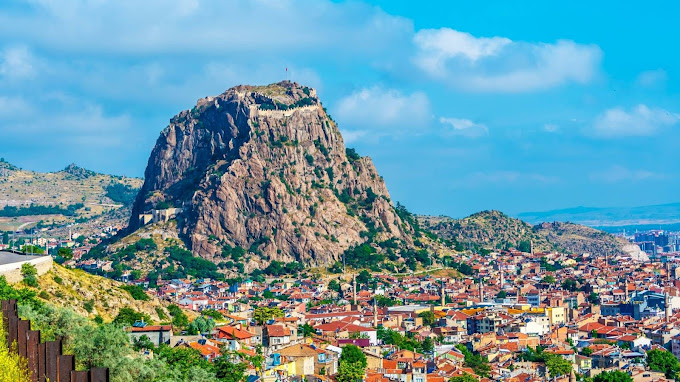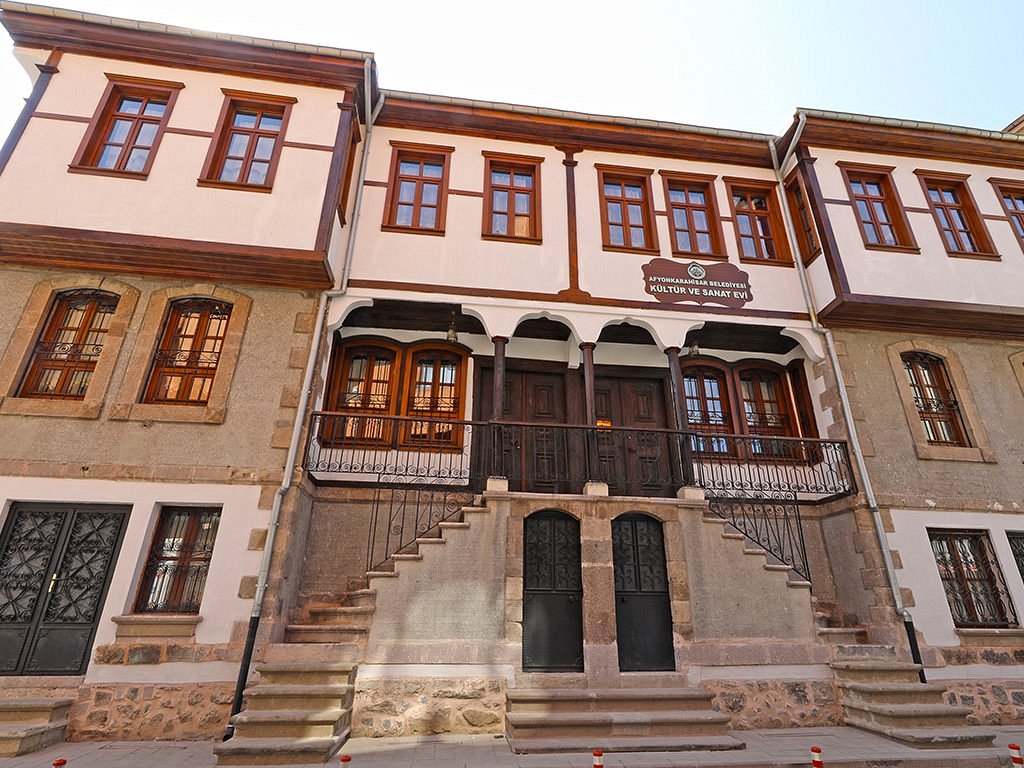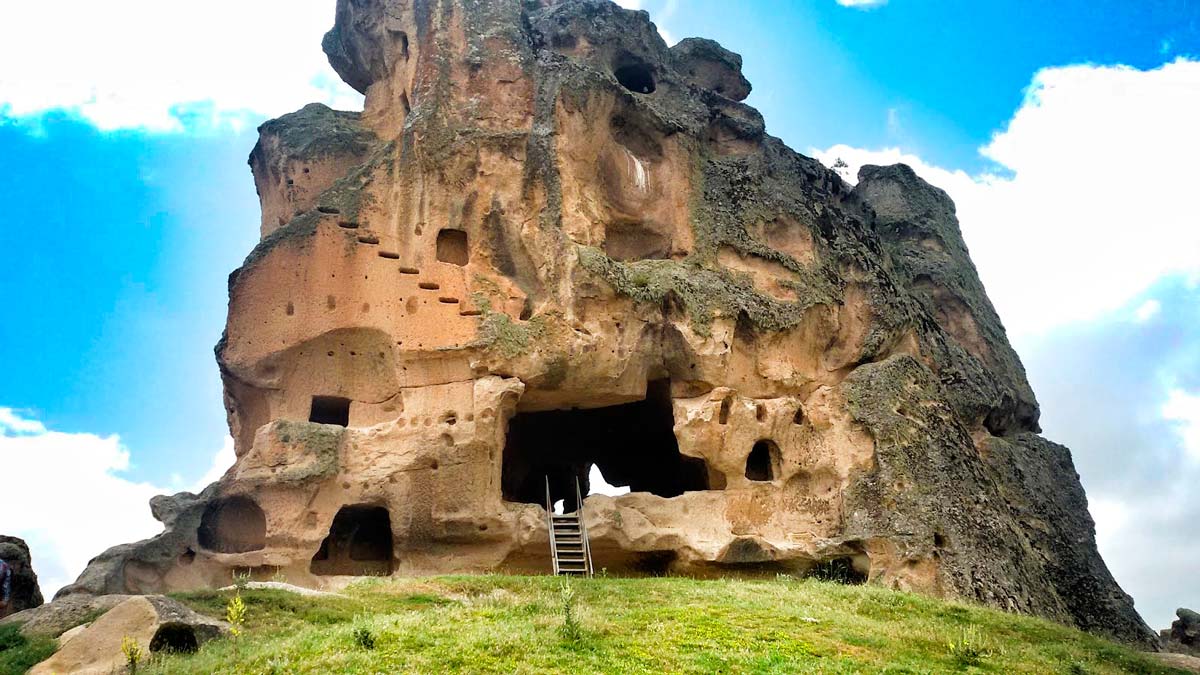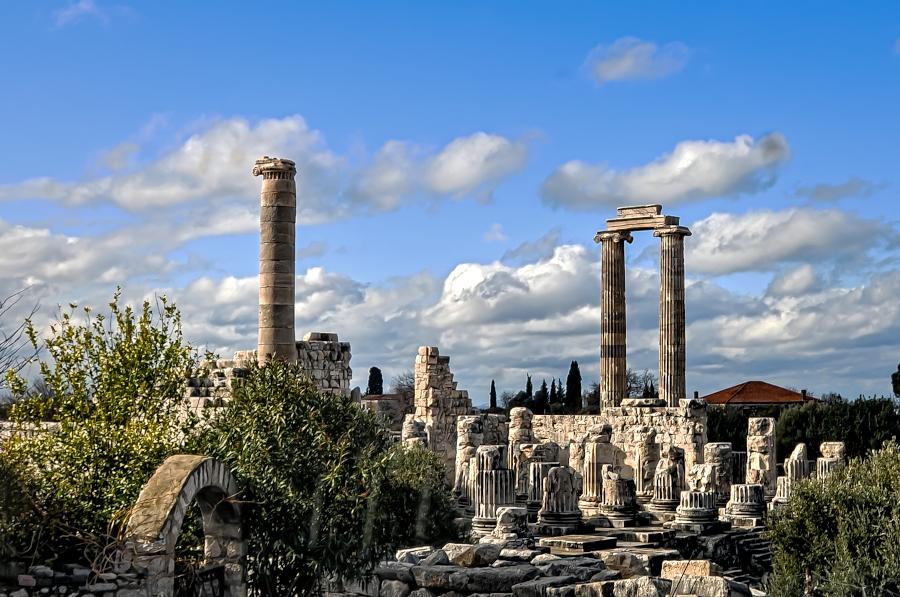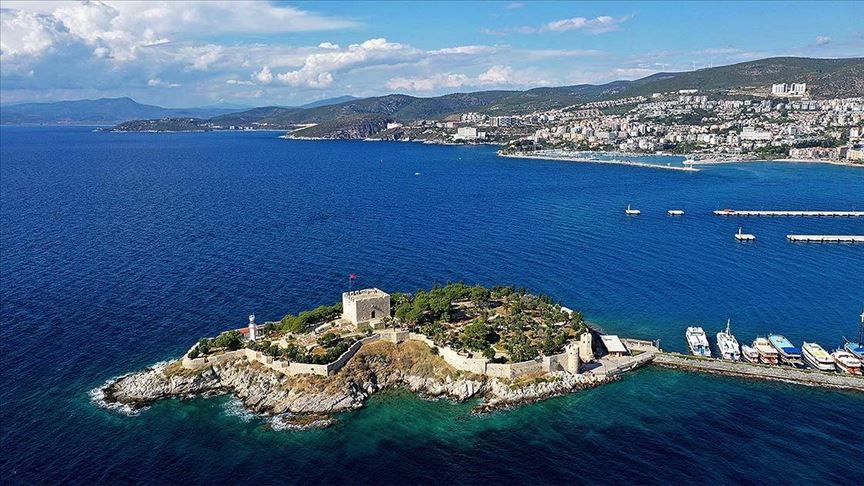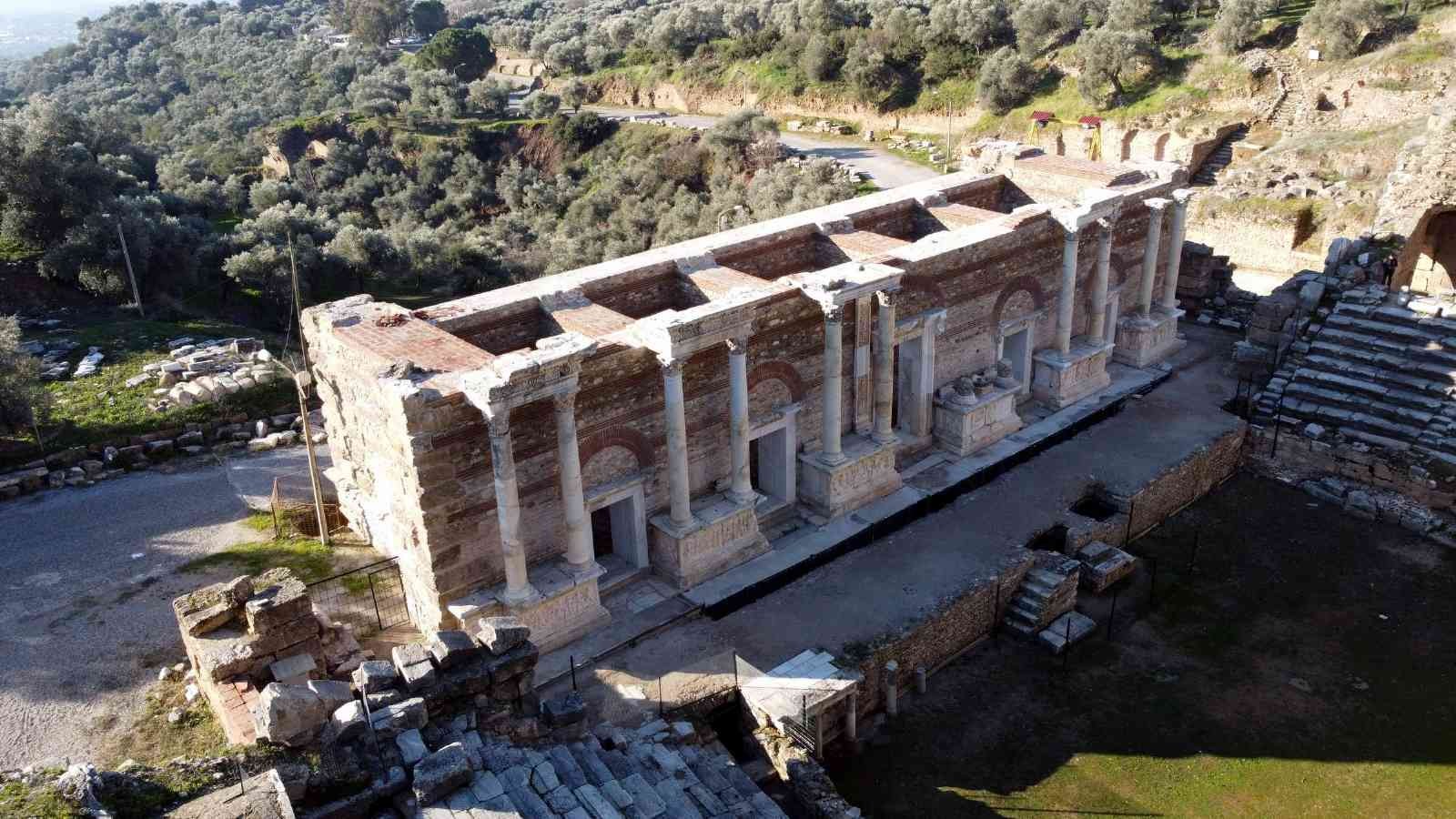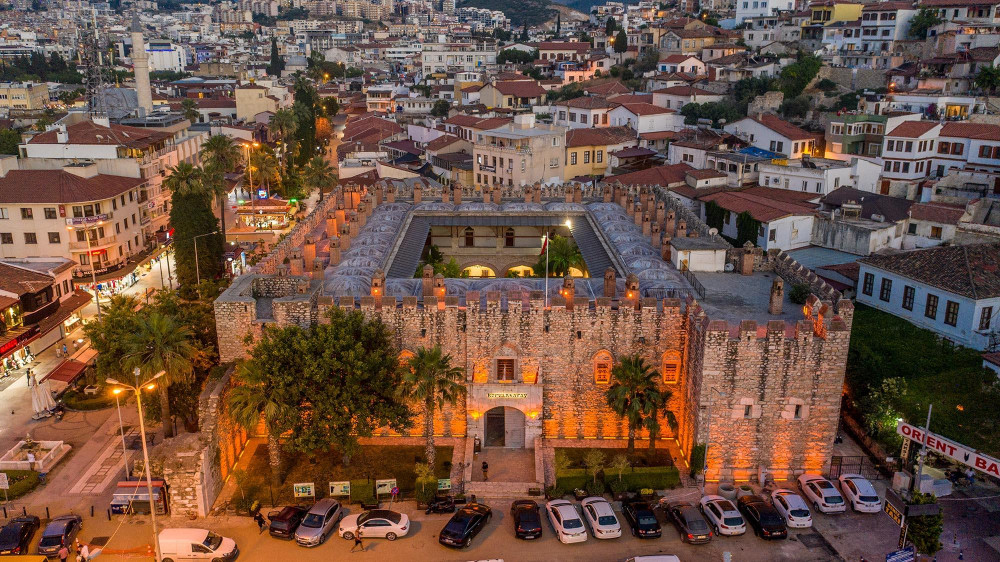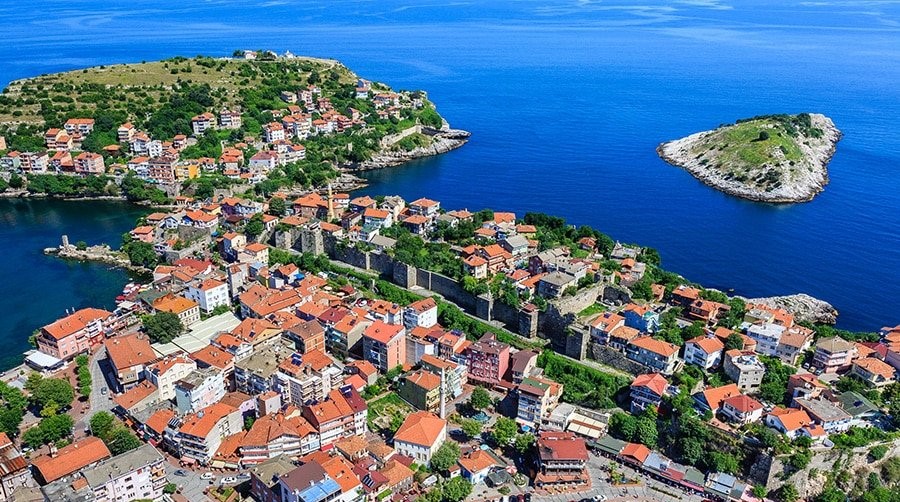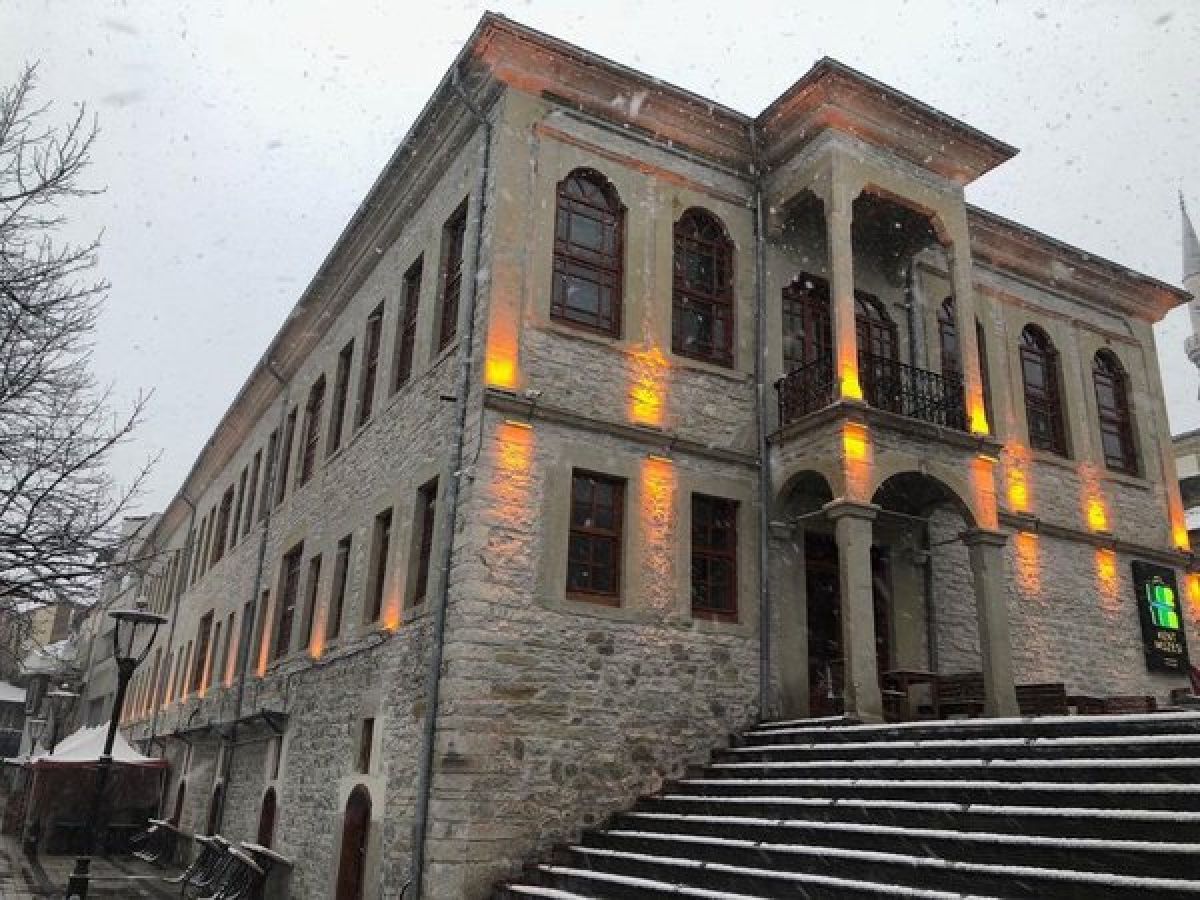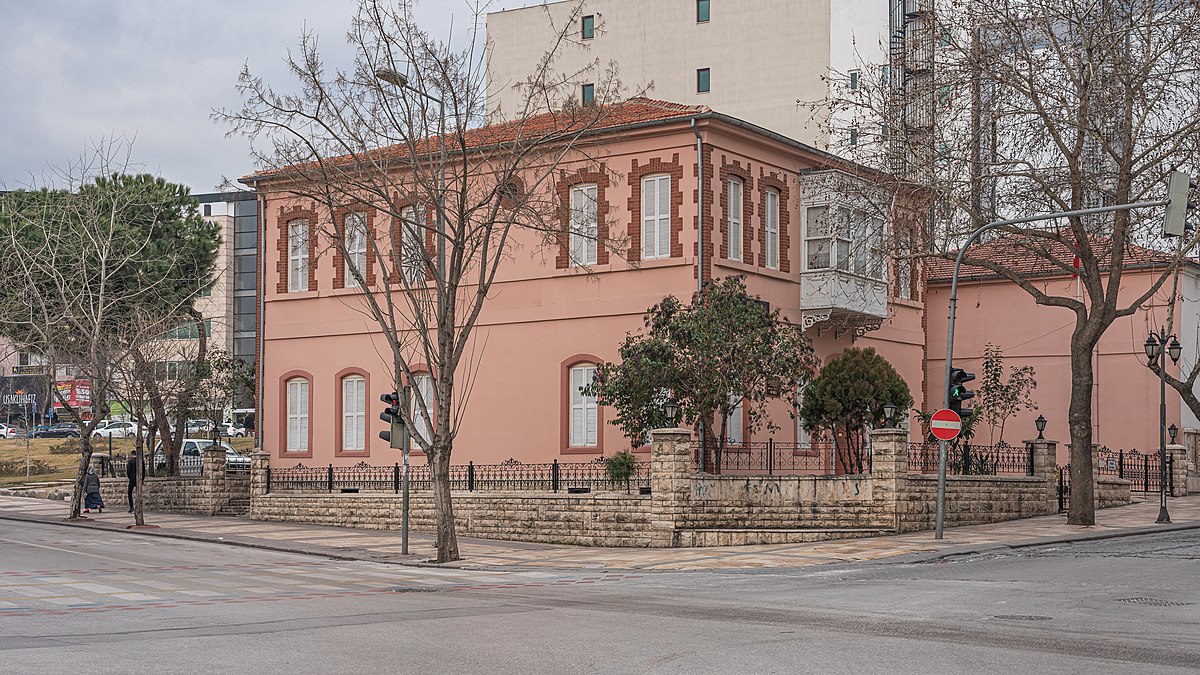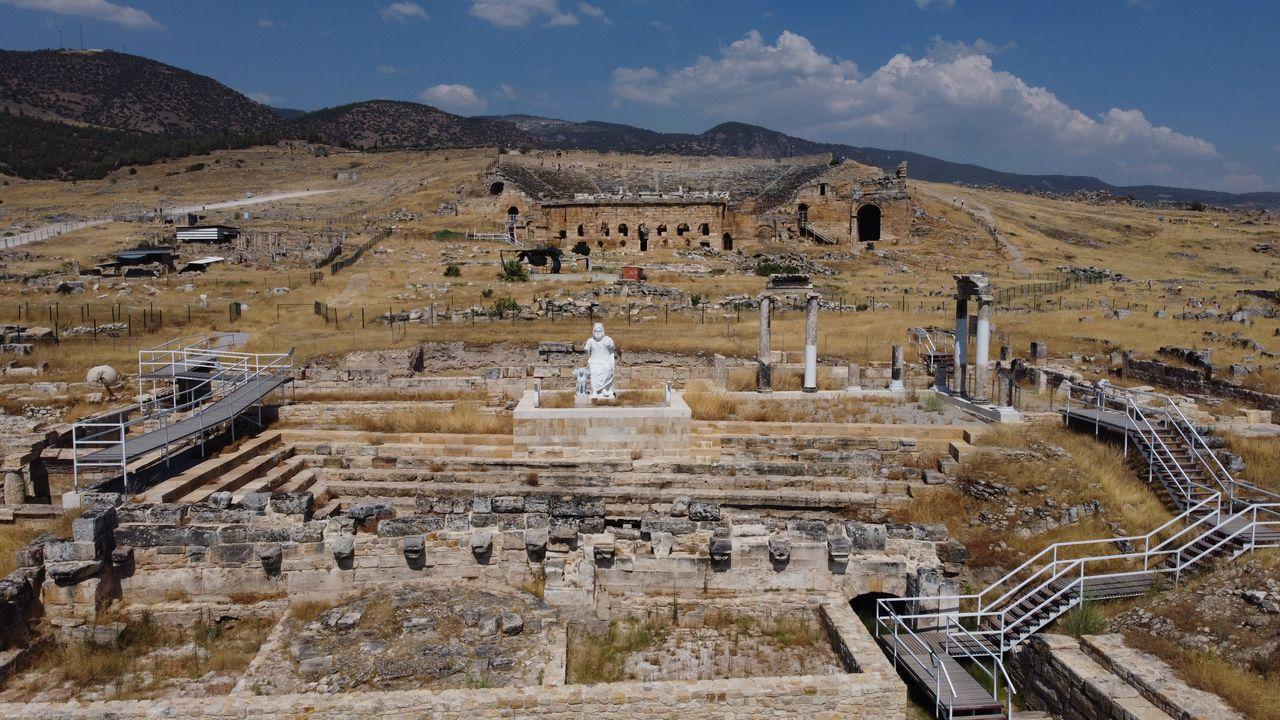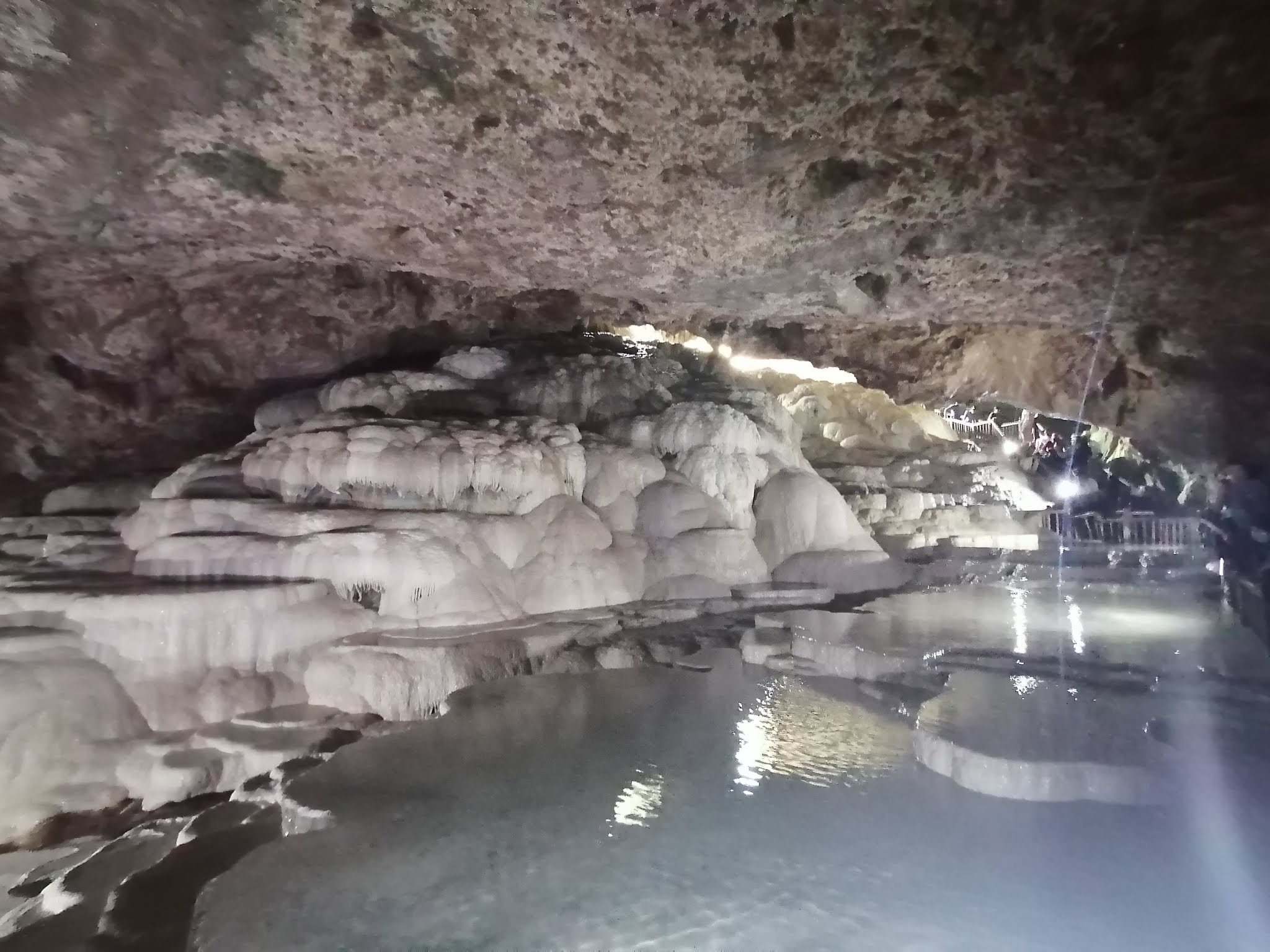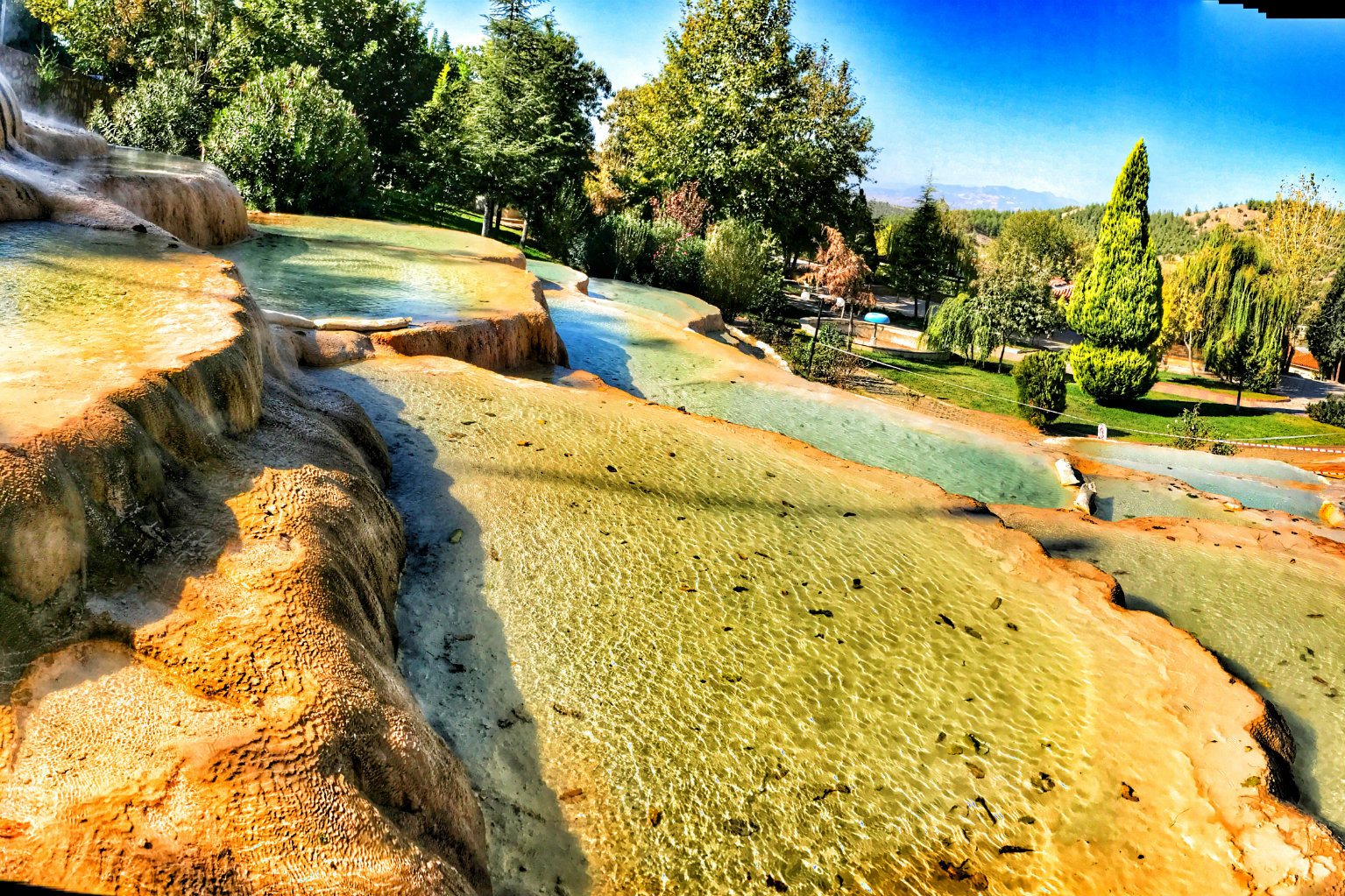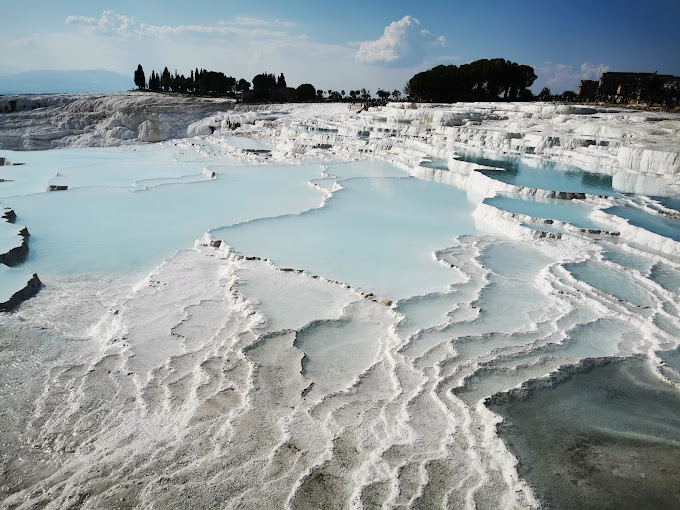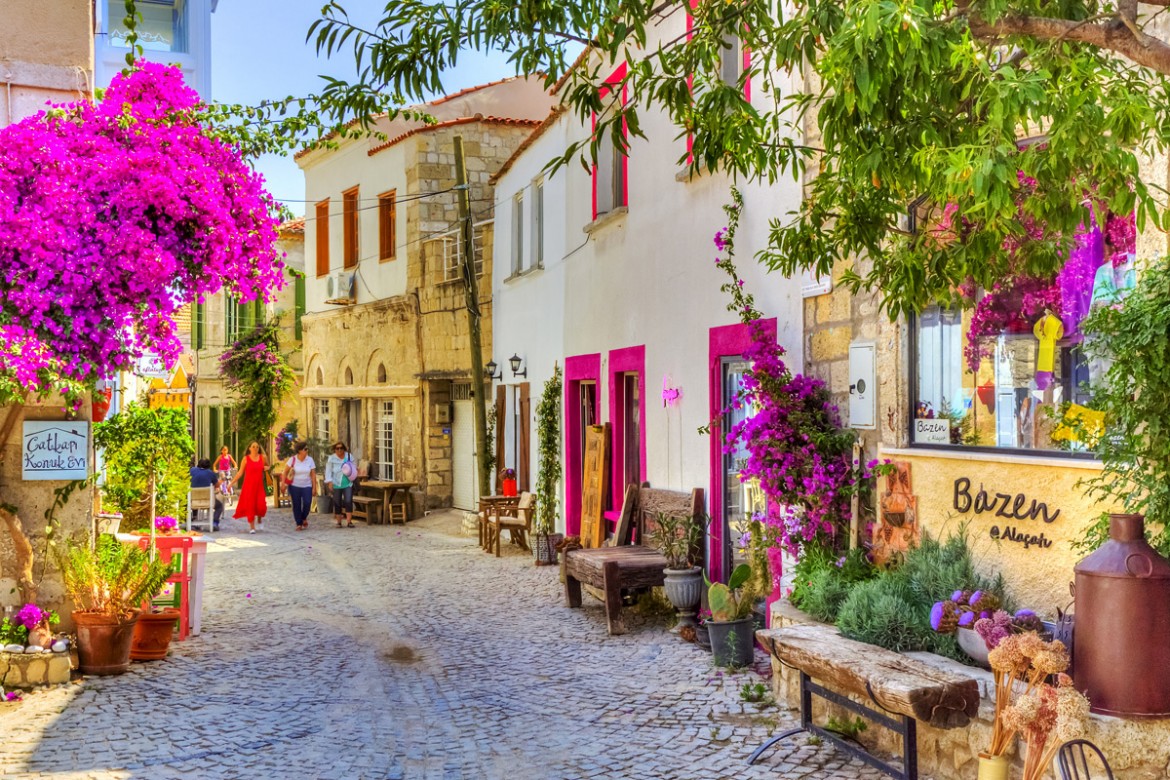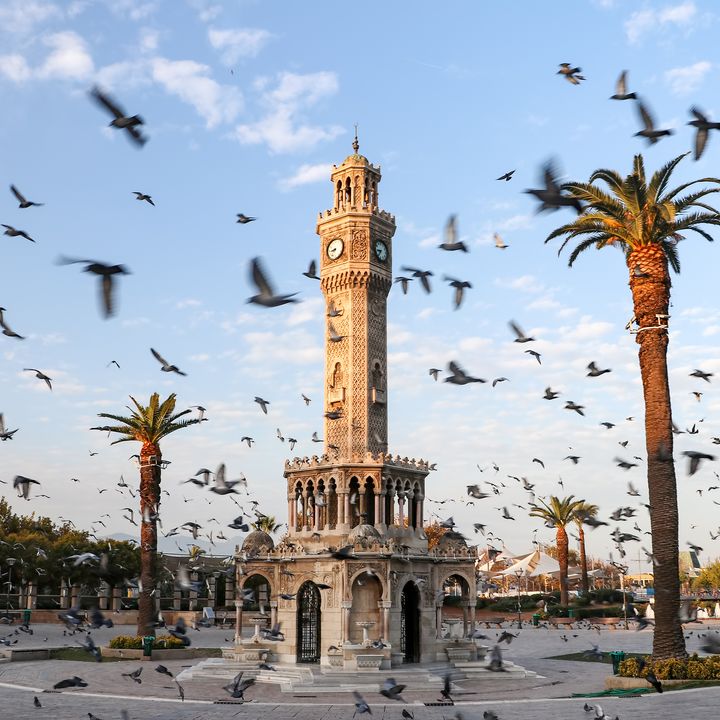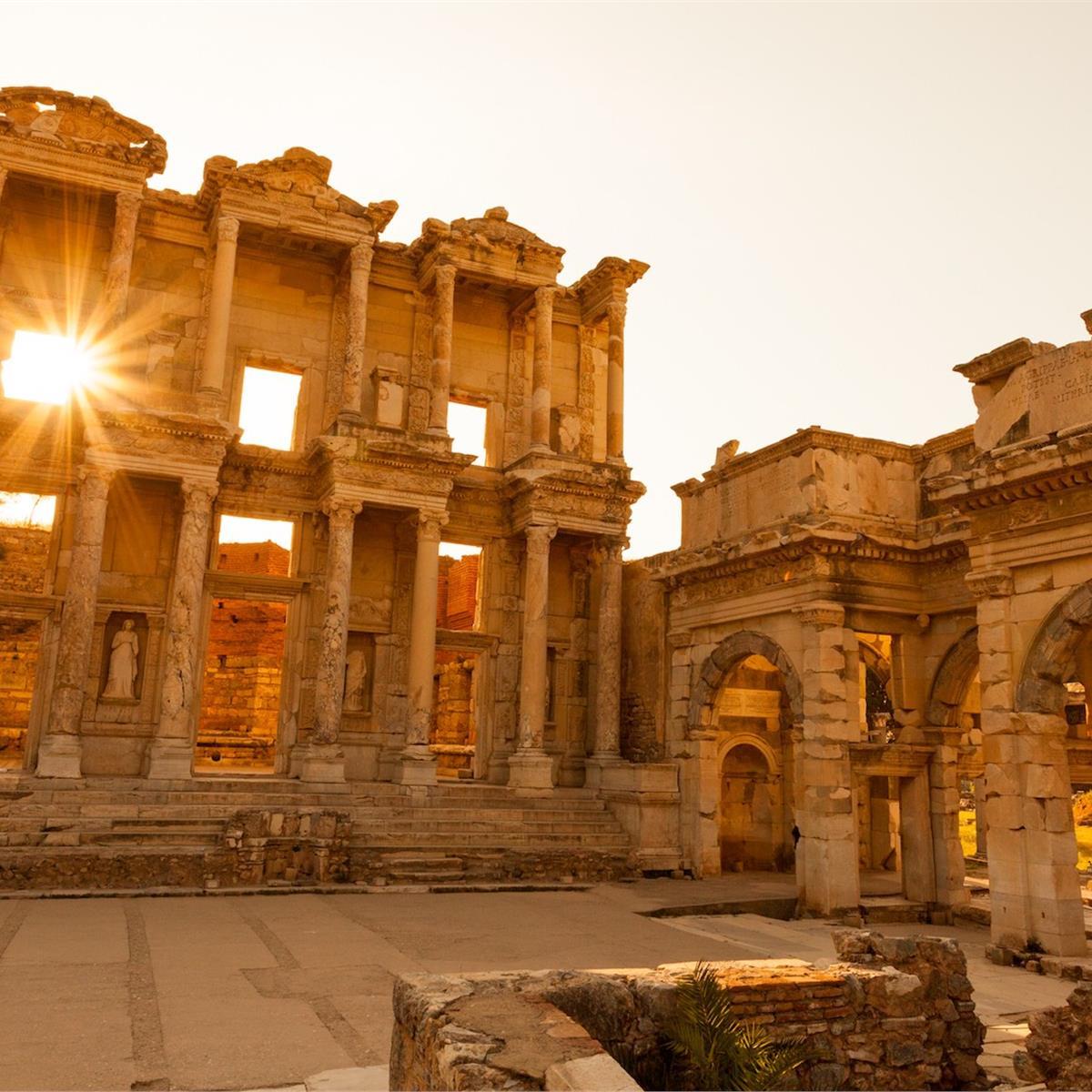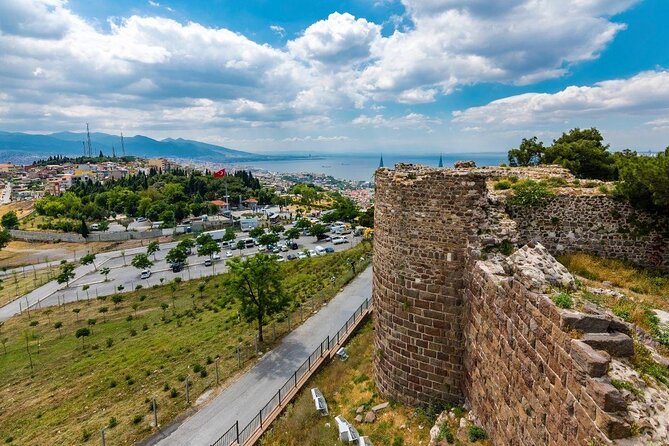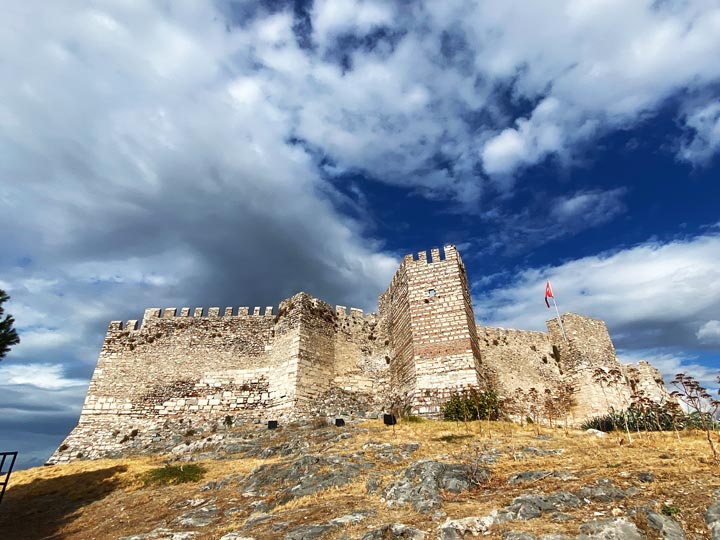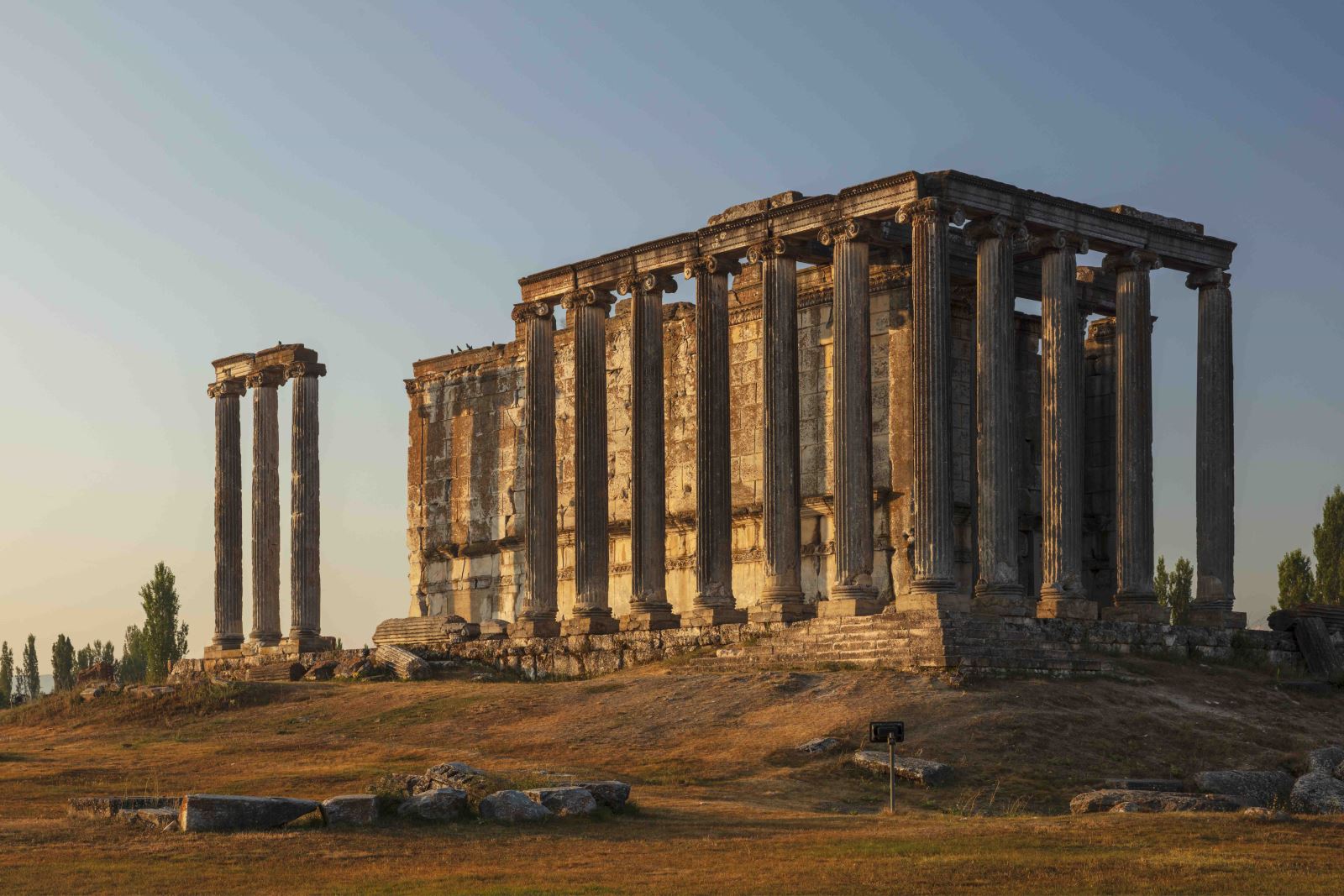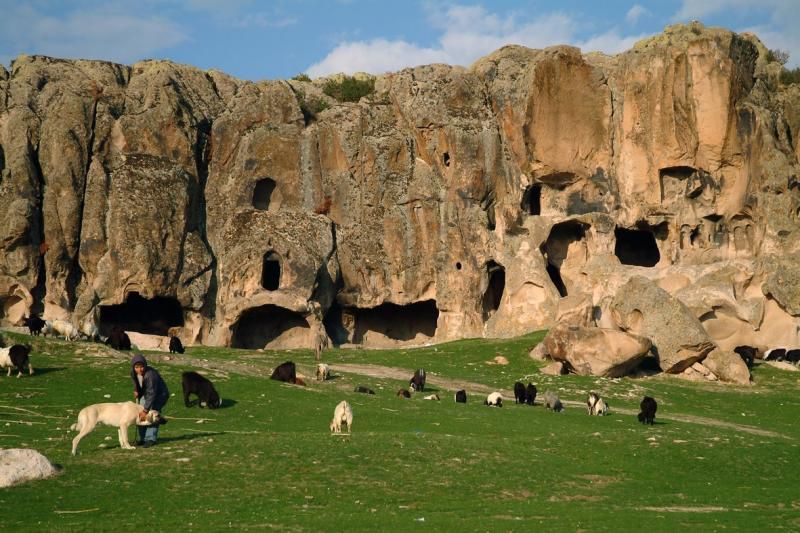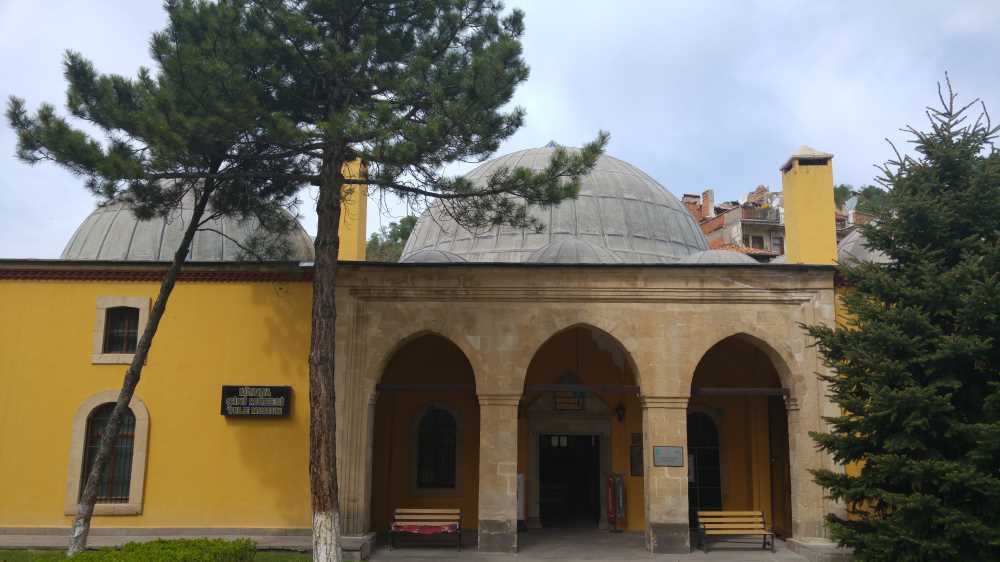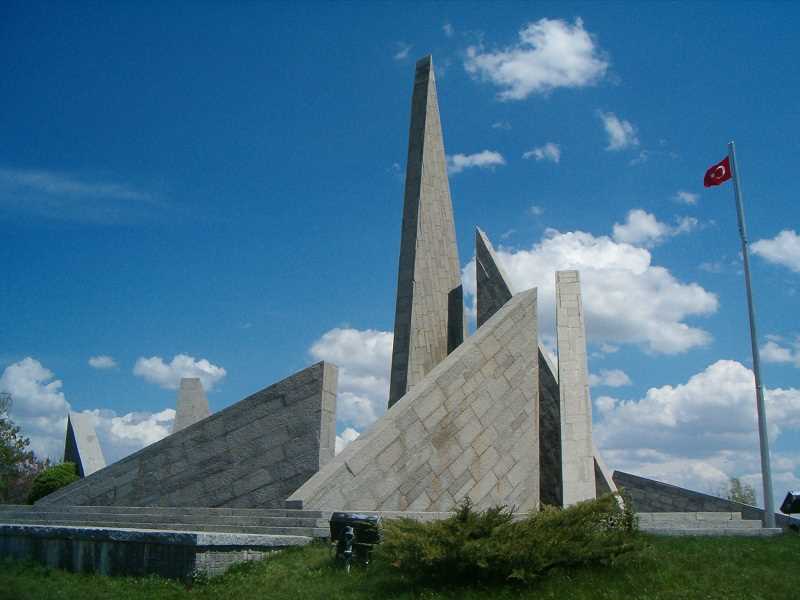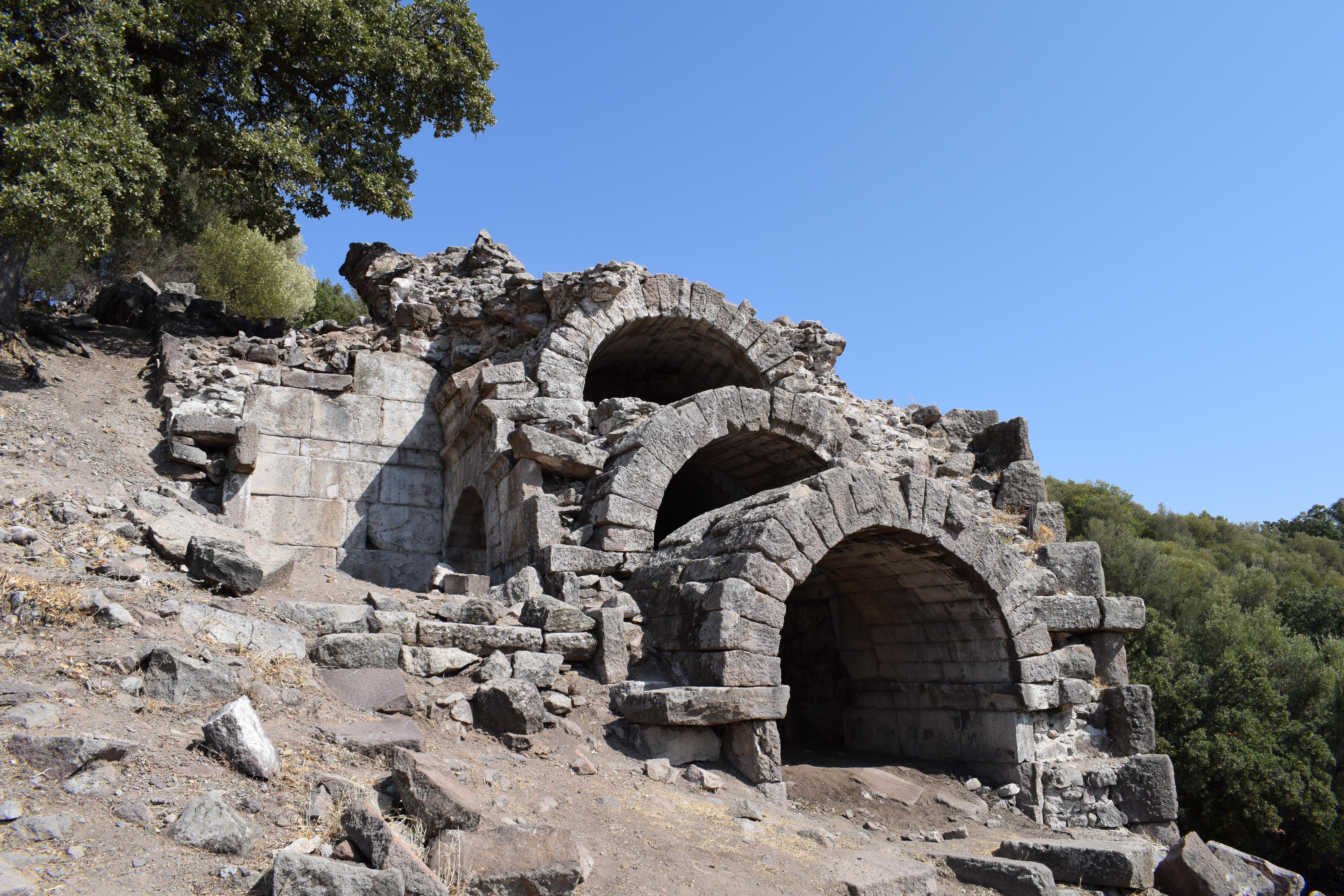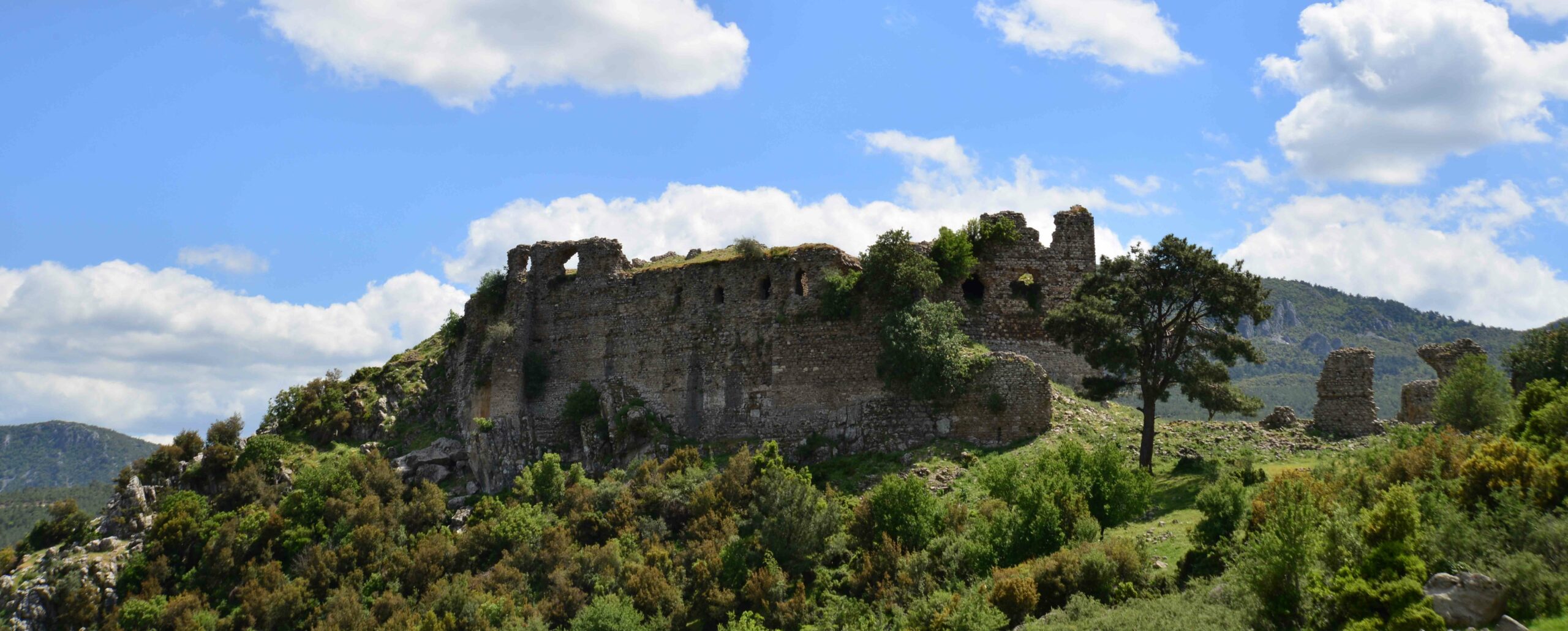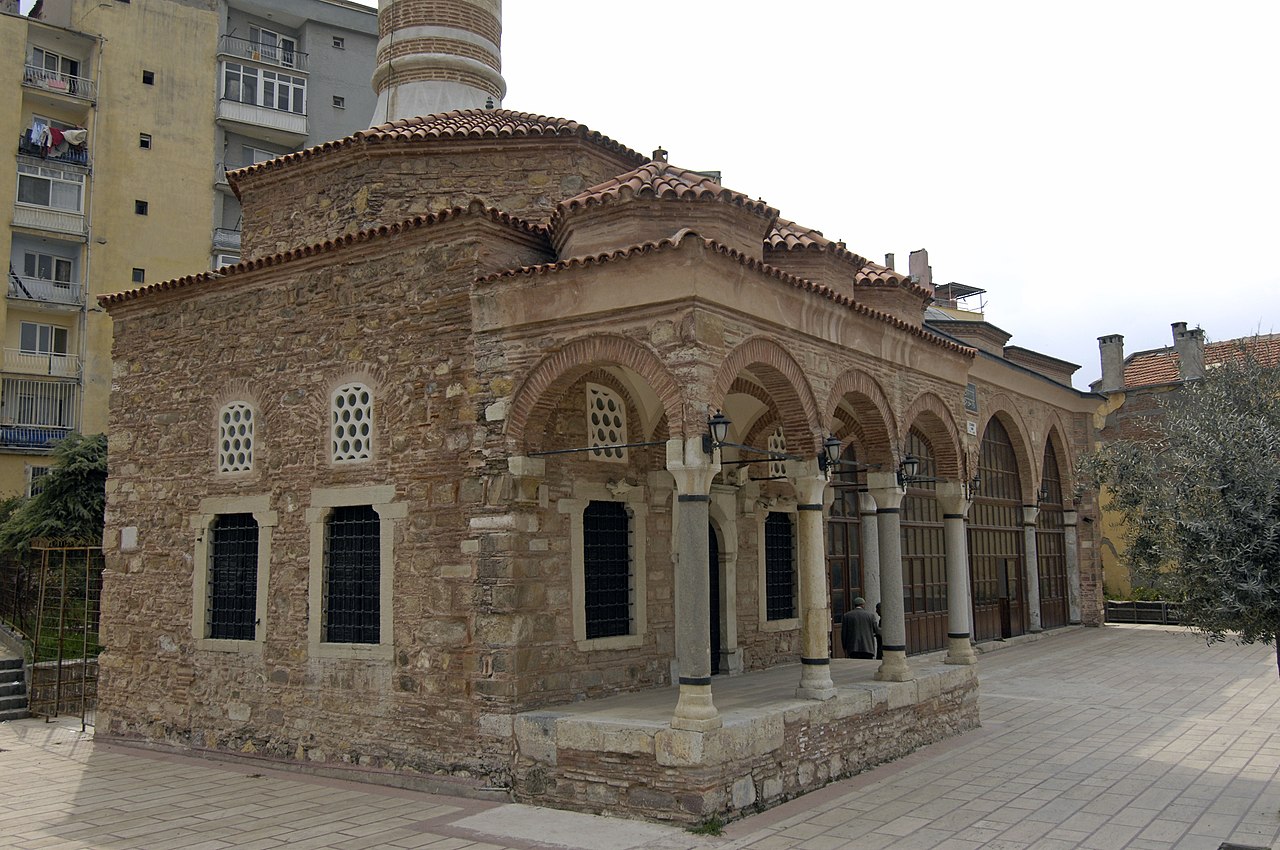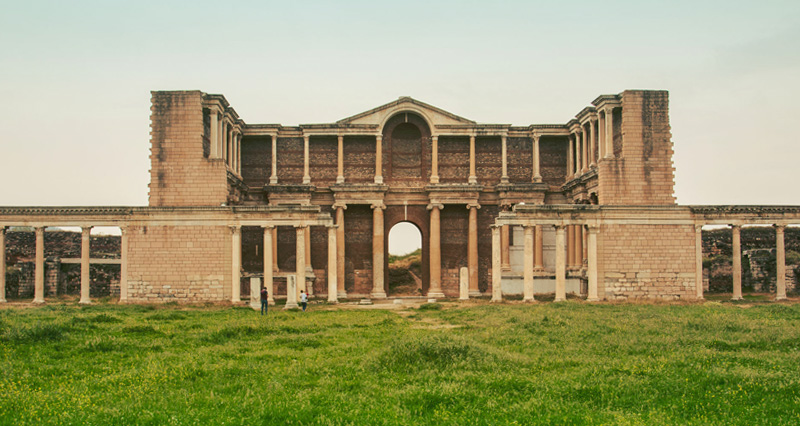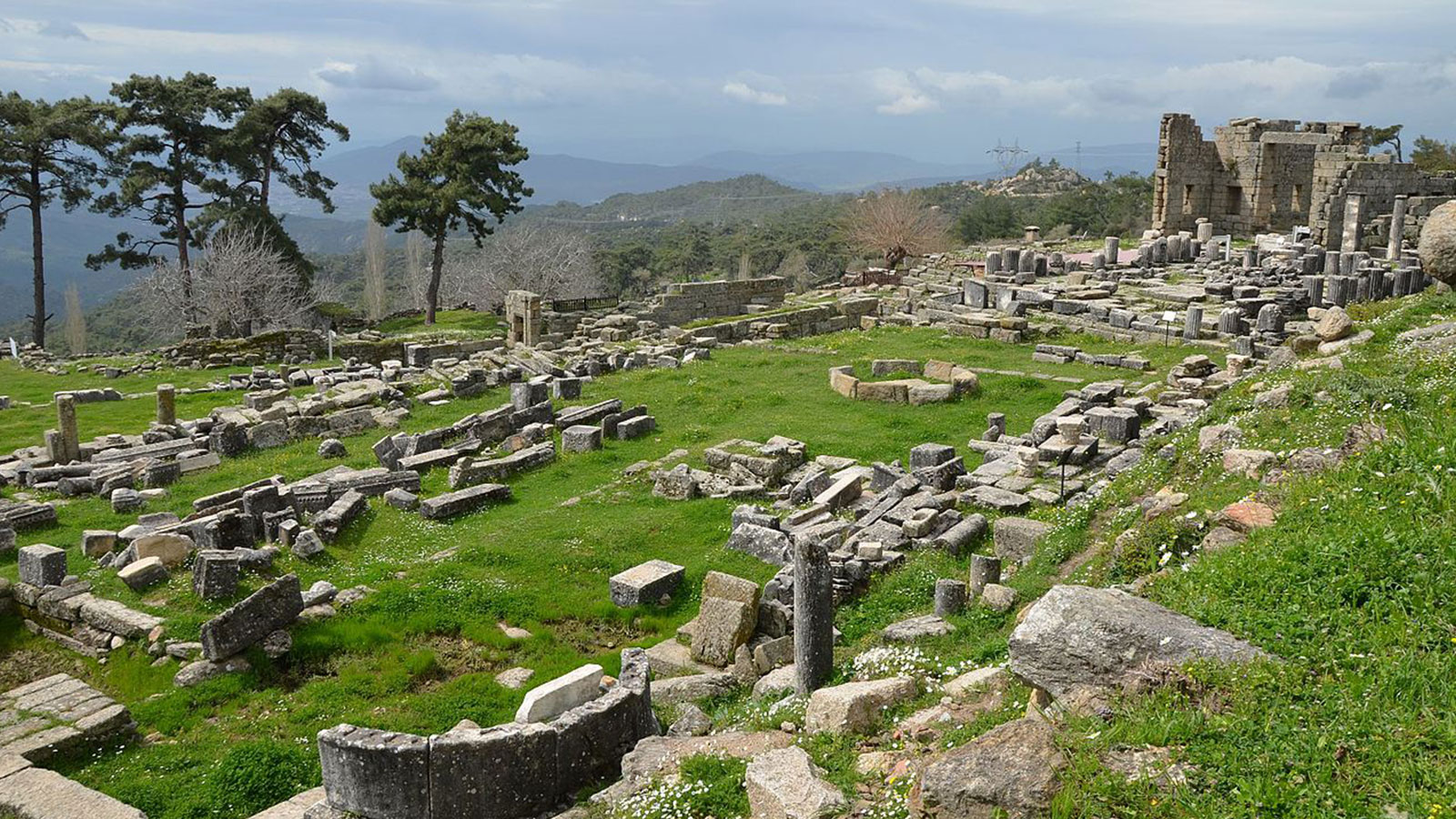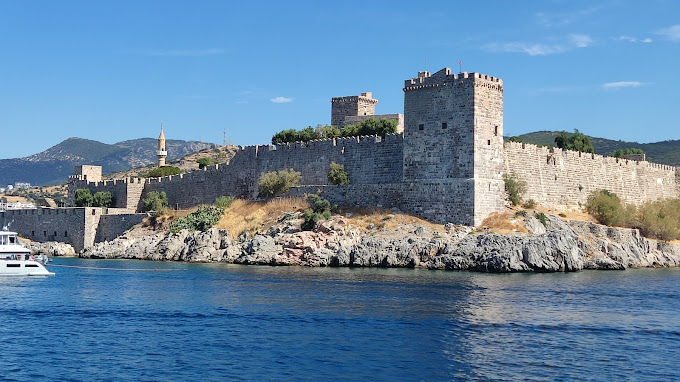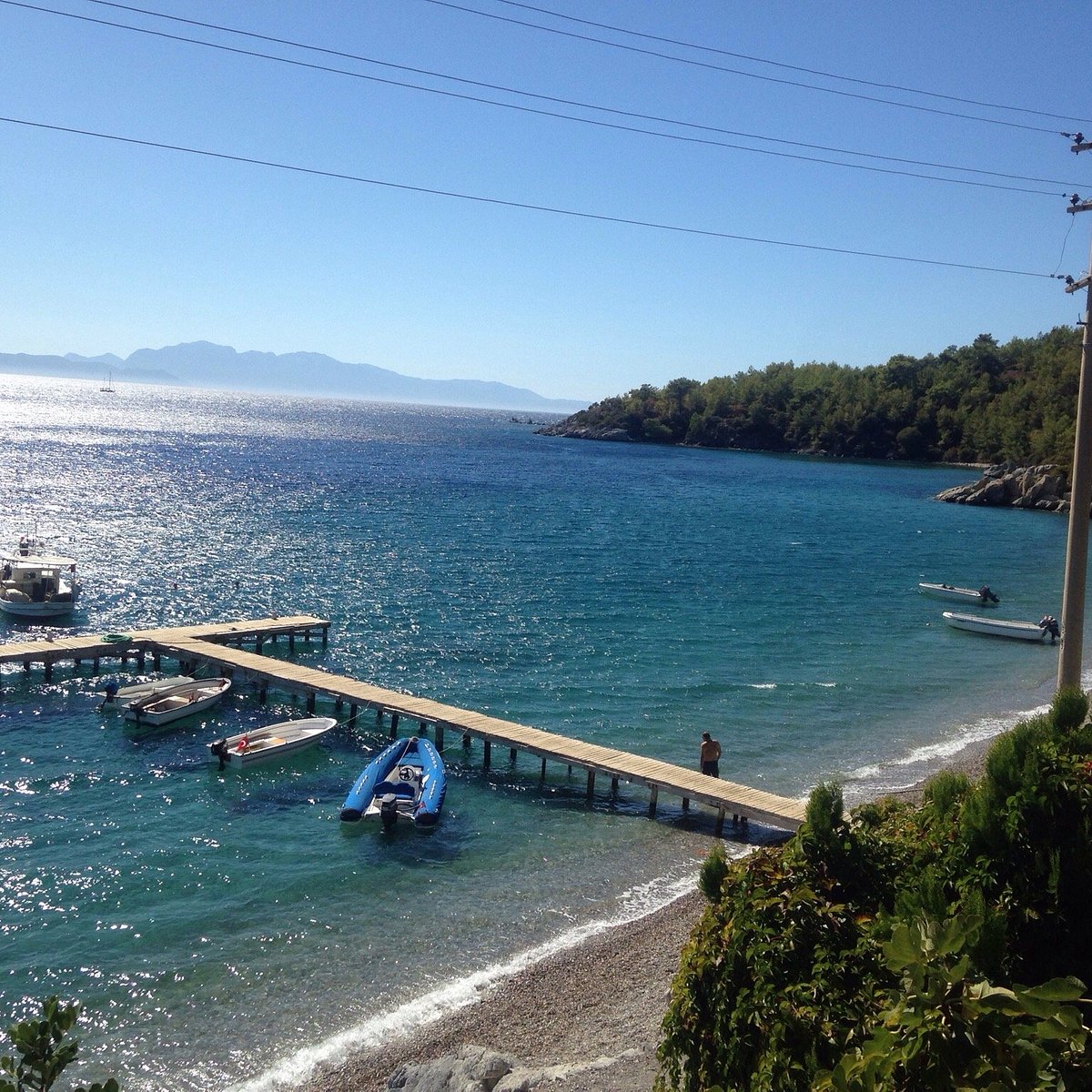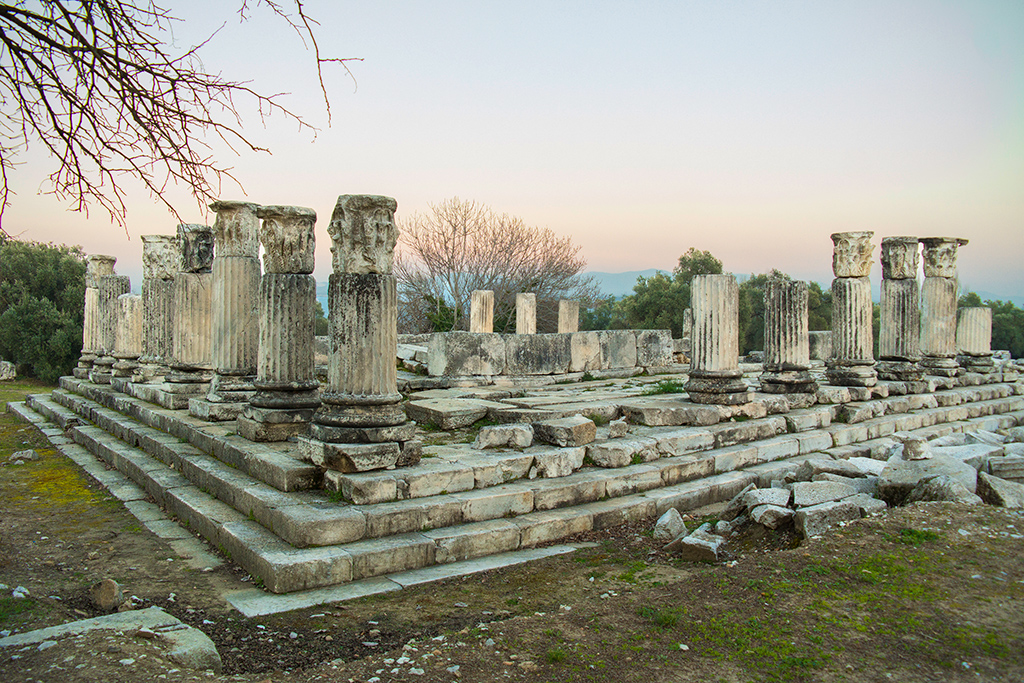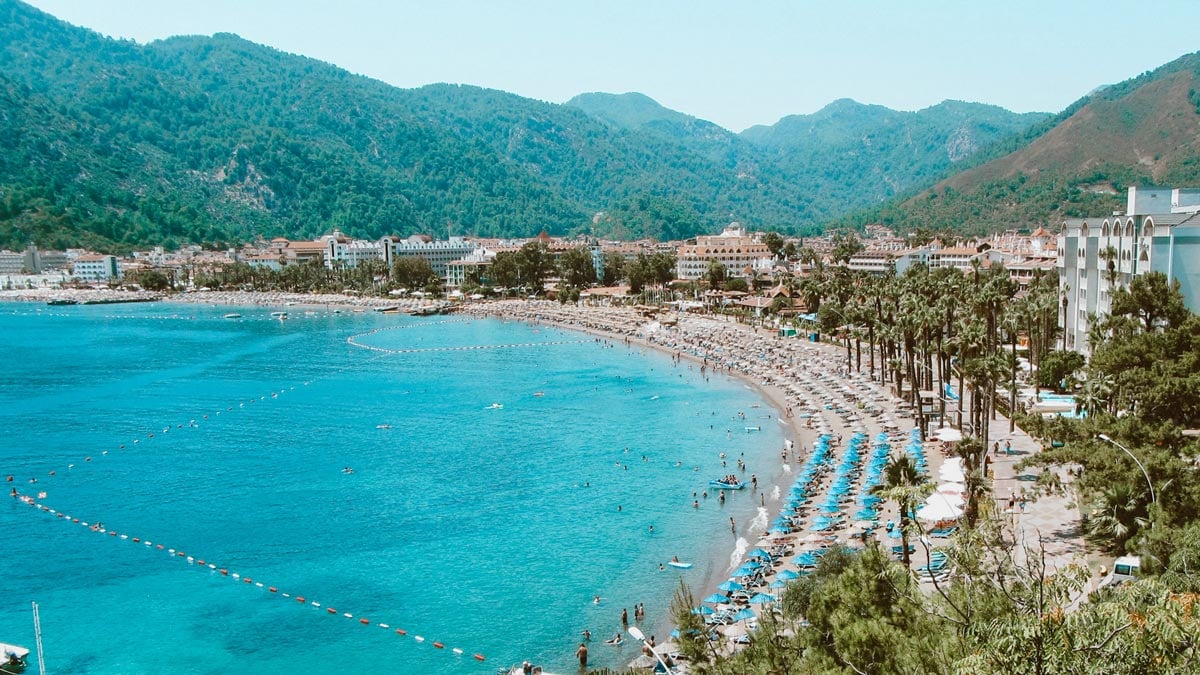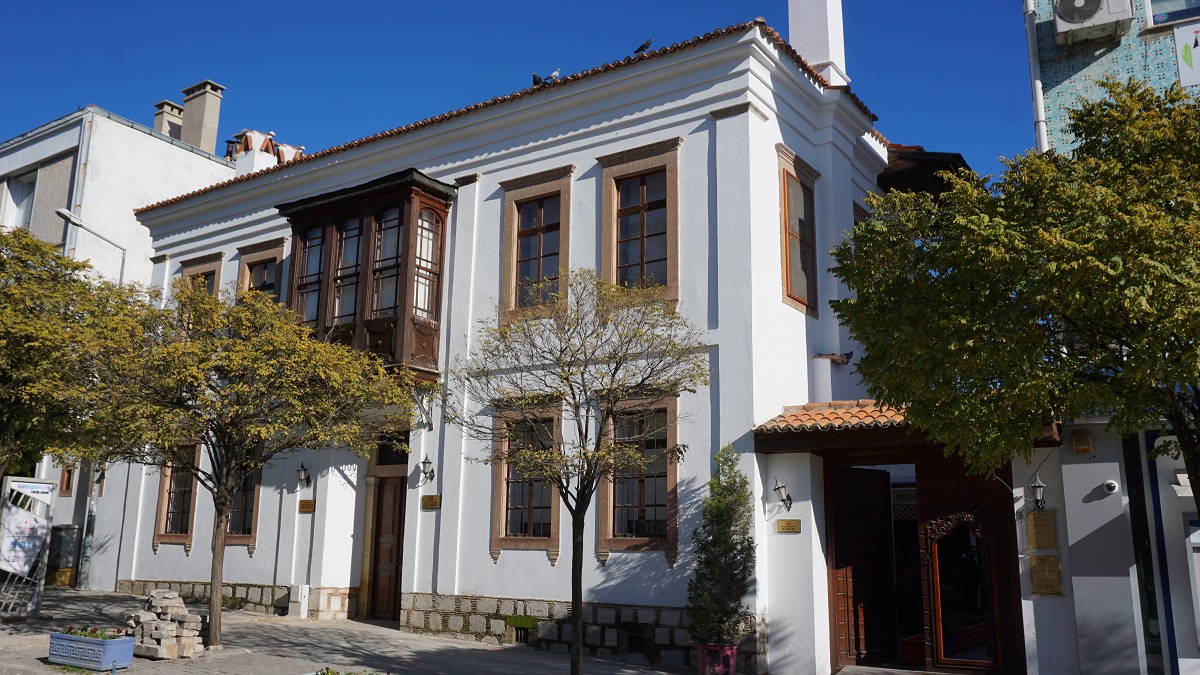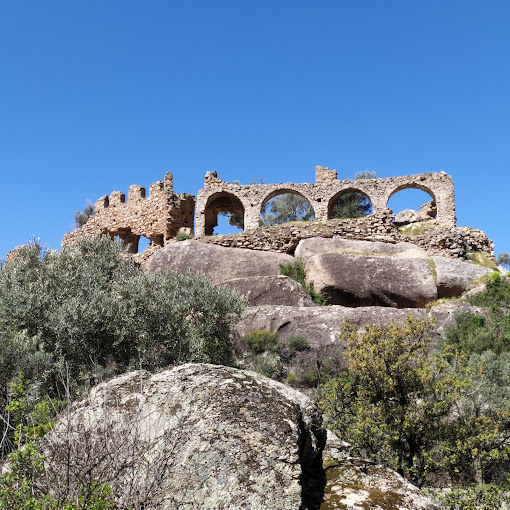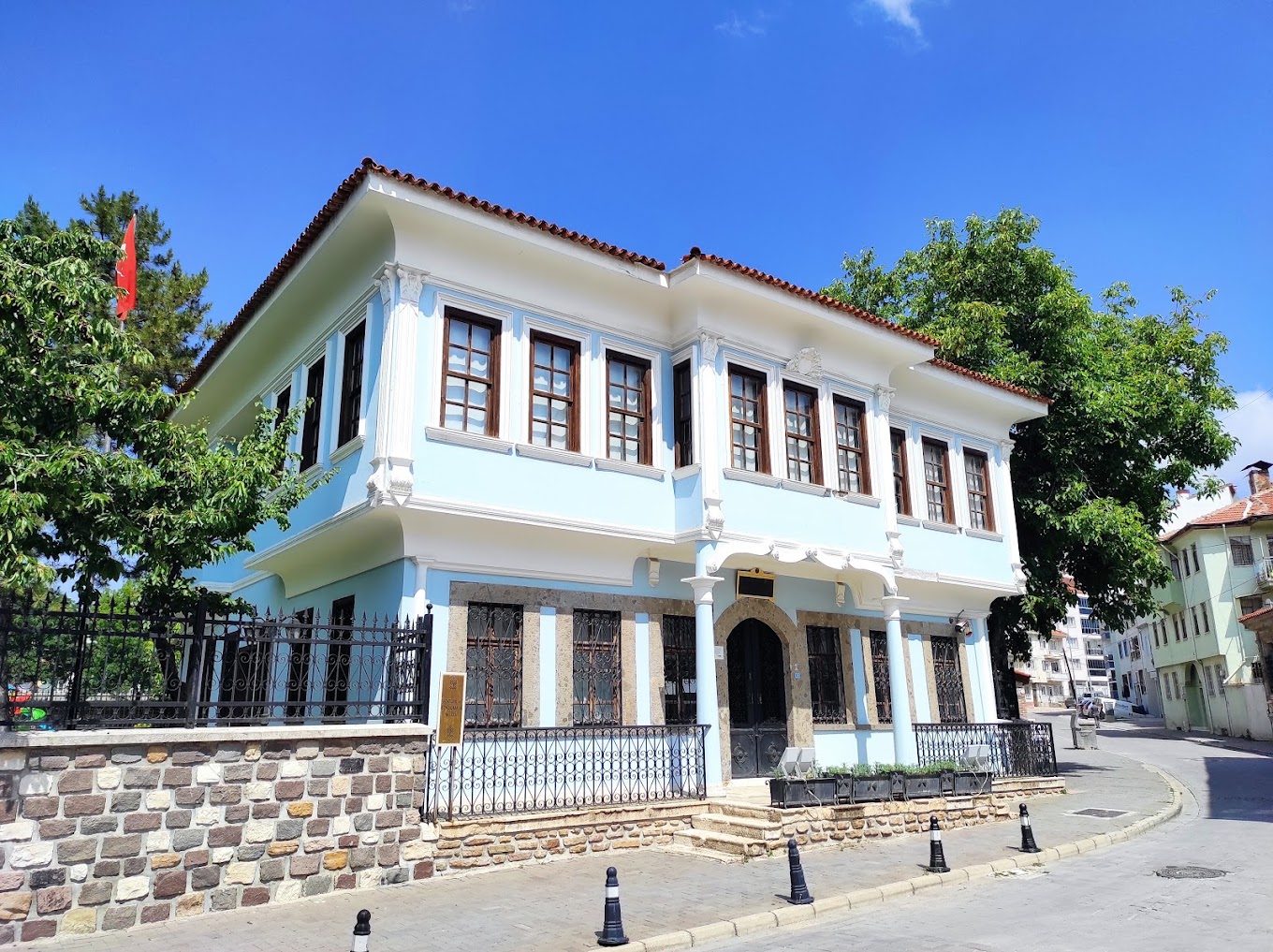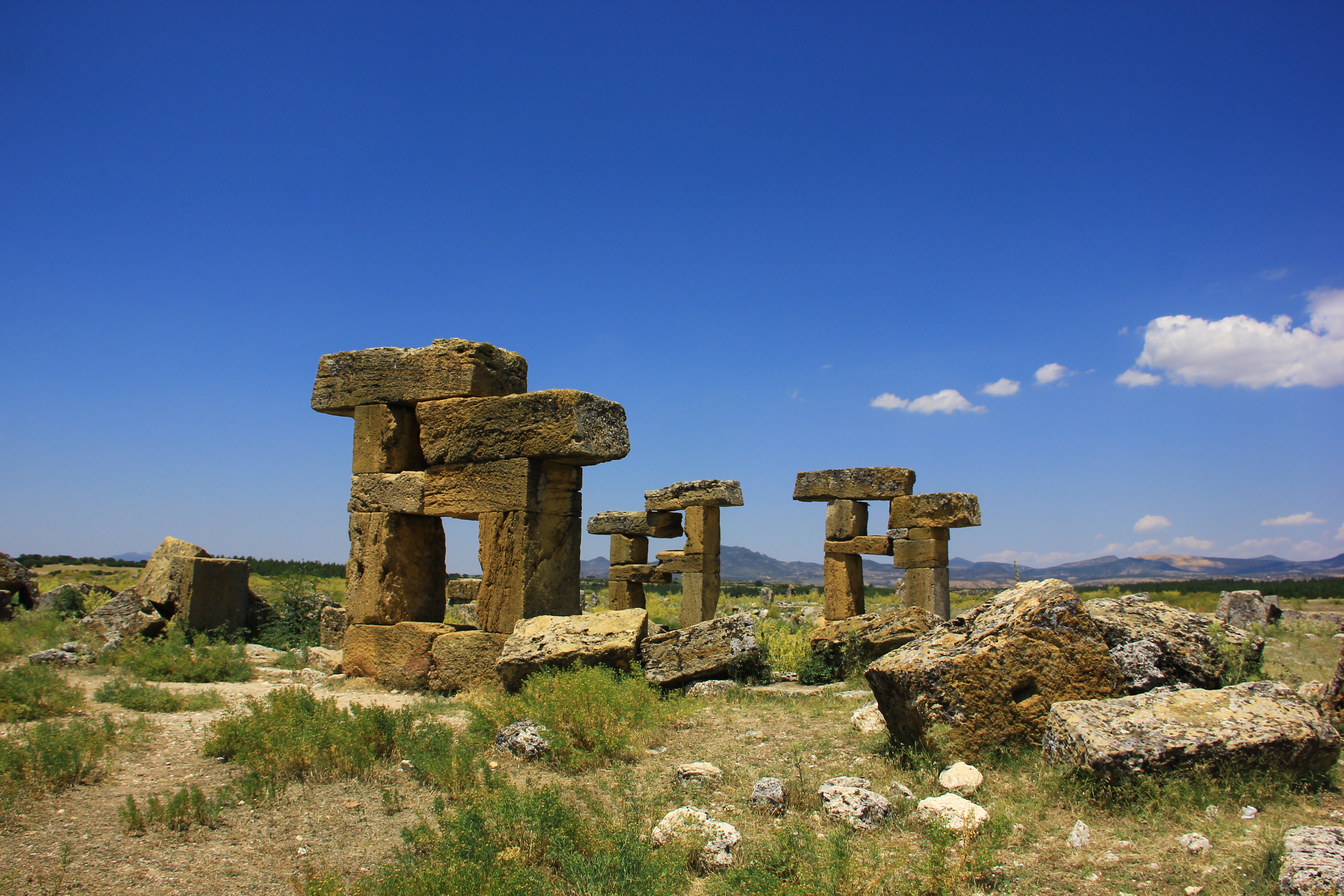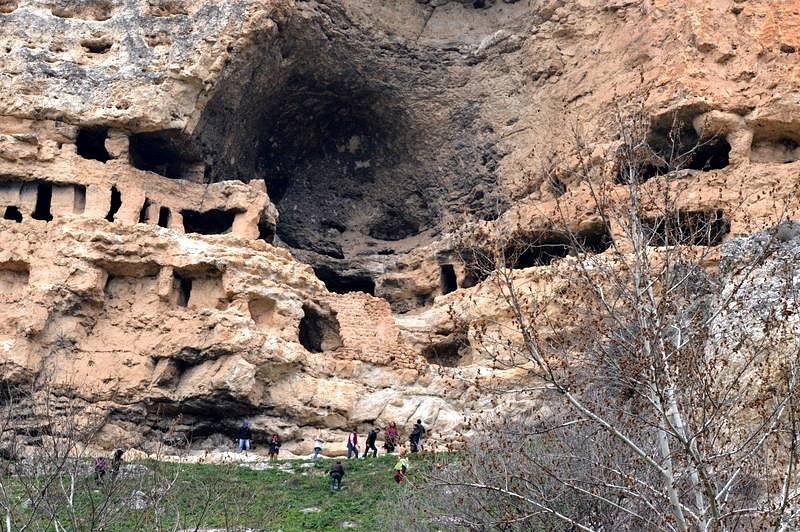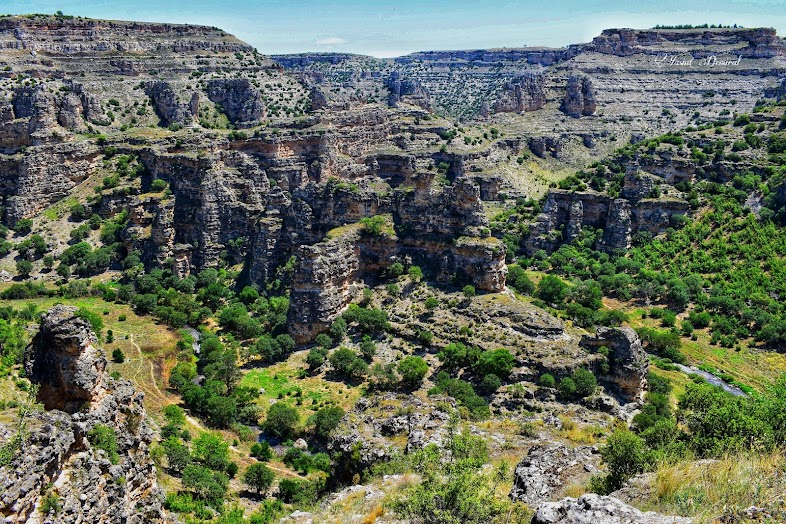Tavas
Tavas is a district of Denizli Province. Tavas district got its name from Davaz, which is known as the old name of Kale district, which is 40 km away. The name of the town of Kale in ancient times was "Tabae". In fact, the name Tavas is a transformation from Tabea. It has changed over the years and has been named Tavas. The old name of Tavas district is Yarengume.
It has been determined that the oldest settlement in the region is the place called Medet Höyük. The mound bears the traces of the Old Bronze Age, Hittites, Phrygia, Persian Empire, Ancient Greeks, Roman Empire, Byzantine Empire and Turkish periods. However, scientific excavations have not yet been carried out in Medet Mound.
At the time of the establishment of the Hatti and later the Hittite Empire in Central Anatolia, there were the civilizations of Ahhiyava and Lukkans in Western Anatolia. These civilizations are later in the History of Herodotus; It is shown as the origin of the Lycian, Carian and Ionian civilizations. The Lycians settled in the Gediz River valley, while the Carians settled in the south of the Büyük Menderes River, including the present-day Kale-Tavas, Karacasu districts and the entire province of Muğla. The north of Menderes is Ionia, and the northeast of Ionia is the Lydian region. In the northeast of Caria, the Phrygian region, which has a wide border, took place, and Babadağ and Honaz Mountains separated Phrygia from Caria.
The name of the place, which is located on the southern side of today's Kale district and was built on the natural rock known as "Old Castle", which is now abandoned, is called Tabae (Tabai, Taba). It appears as Tabenon in inscriptions. Although there are no definite documents about the first foundation of Tabae, various sources related to the region together with the remains on the surface indicate that it has existed since the time of the Carians before the Hellenistic period. This settlement continued uninterruptedly in the form of Caria, Hellenic, Roman, Byzantine, Seljuk and Ottoman.
Many travelers have examined the connection of the word Tabae with similar names in ancient times during their travels at different times. They argue that the name "Taba" means "Rock" today. They mention many place names used with "Taba" in ancient times. They claim that Tabae symbolizes "Rock", a name depending on the location and image of the city.
It should not be forgotten that the cities founded in ancient times have a mythological legend or the name of a mythological hero. We learn from both historians and contemporary researchers that a hero named Tabenos founded the city of Tabae, and like him, Kibiras founded Kibyra (Today's Gölhisar) and his other brother Kidramos founded Kidrama (today's Yorga village). Kibiras and Kidramos are the brothers of Tabenos.
Tabae s one of the ancient cities founded in Anatolia after Alexander the Great, as understood from the remains and coins on the surface. He minted coins in the city of Tabae during the Hellenistic period. Especially silver, bronze and copper coins can be distinguished from other coins with their unique types and styles. There are divine heads on the obverse of the coins, and pictures and writings of the city of Tabea on the reverse. The minting of the coin can be dated to the 3rd and 2nd centuries BC.
Tabea region, which was in the hands of the Byzantines until the 12th and 13th centuries, passed into the hands of the Turks after these centuries. Turks used the name Kale-Davas. This name continued as Tavas after 1950.





